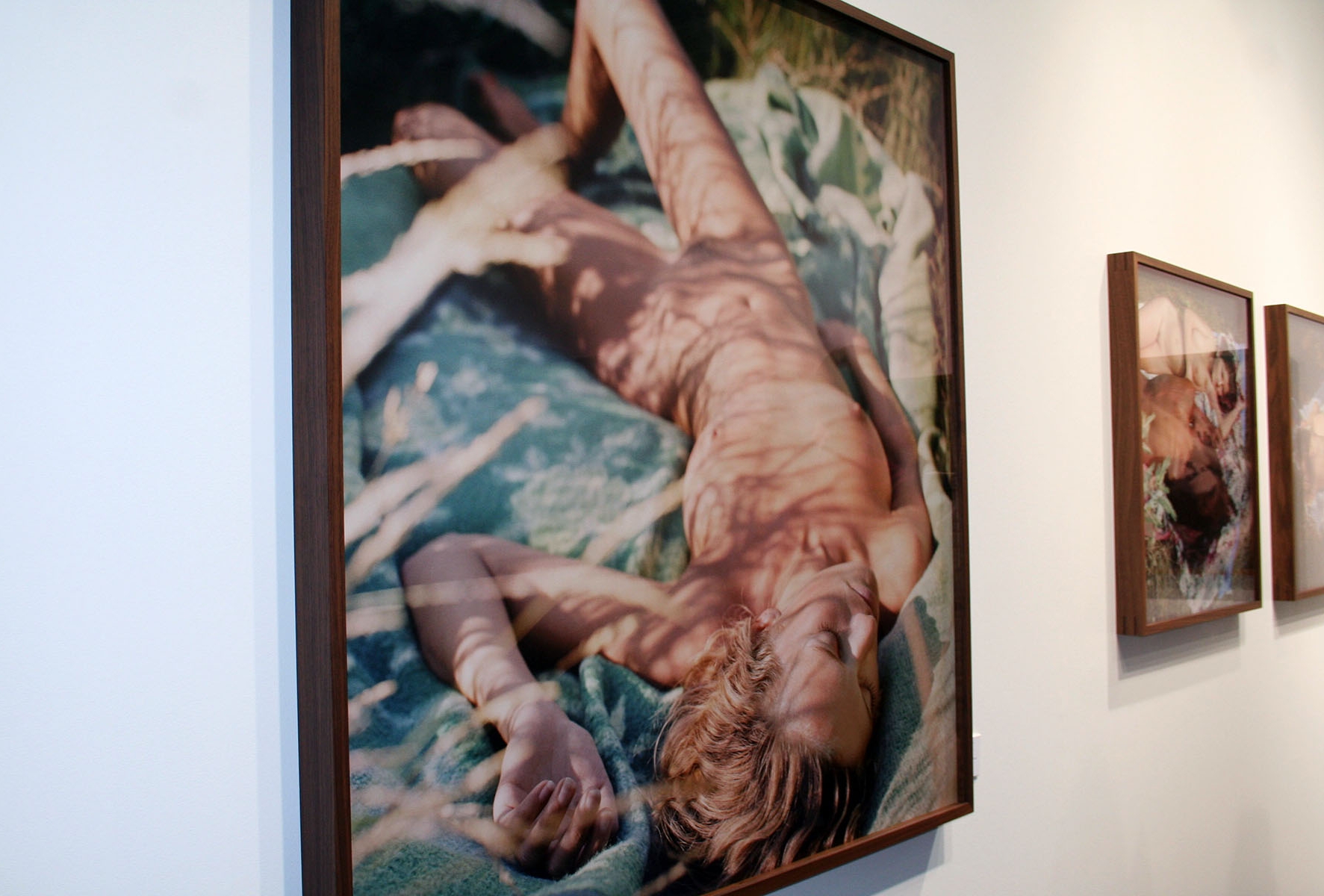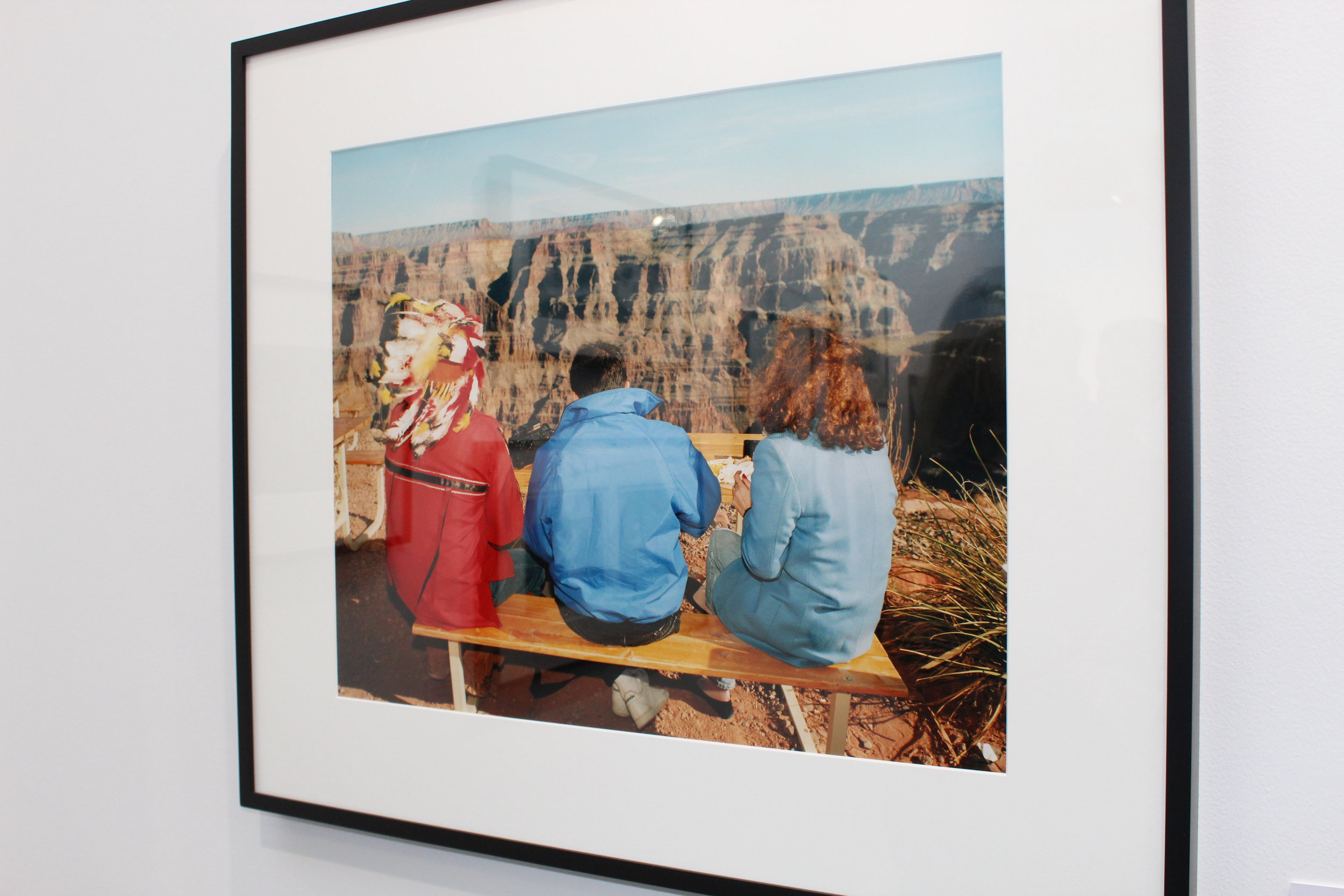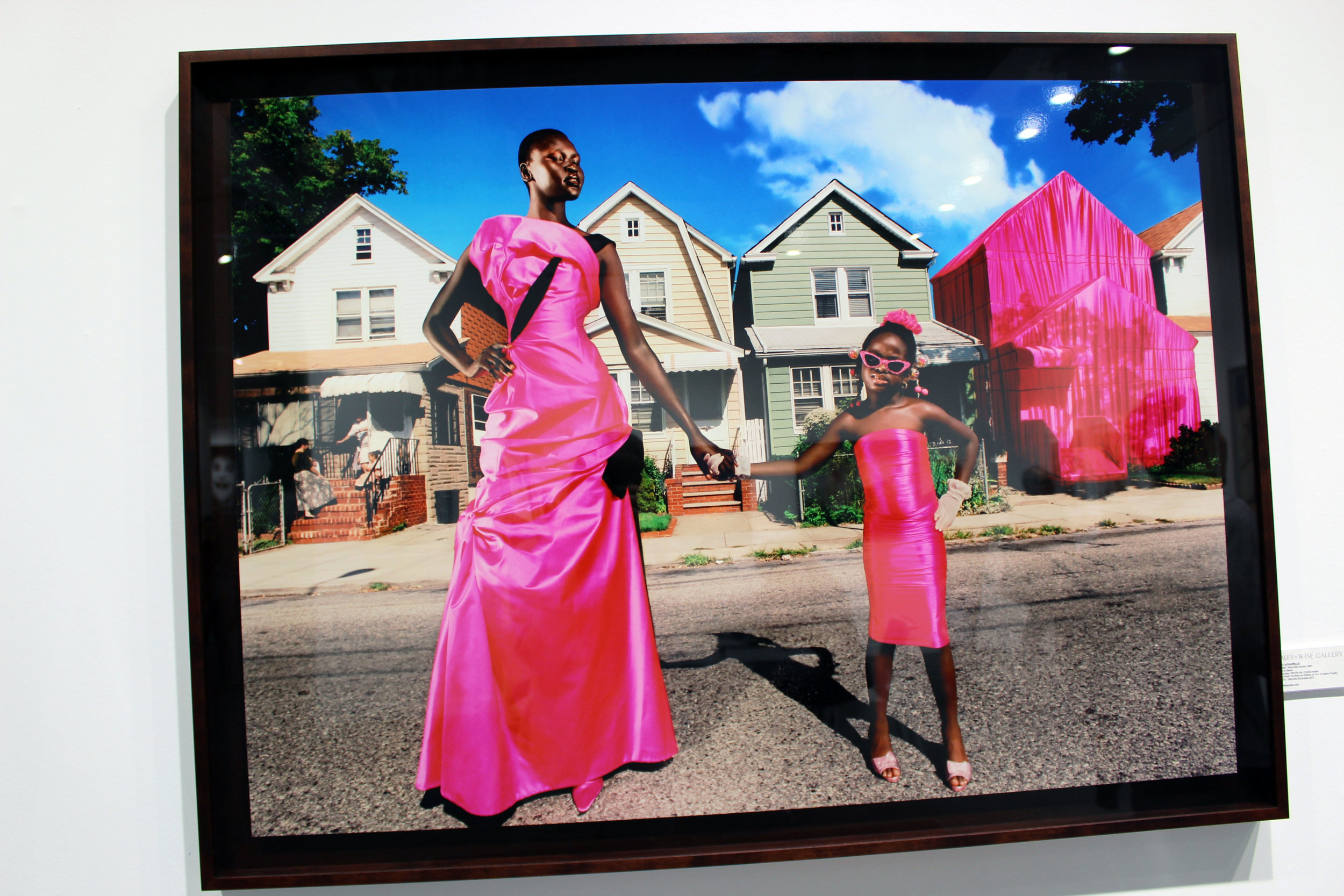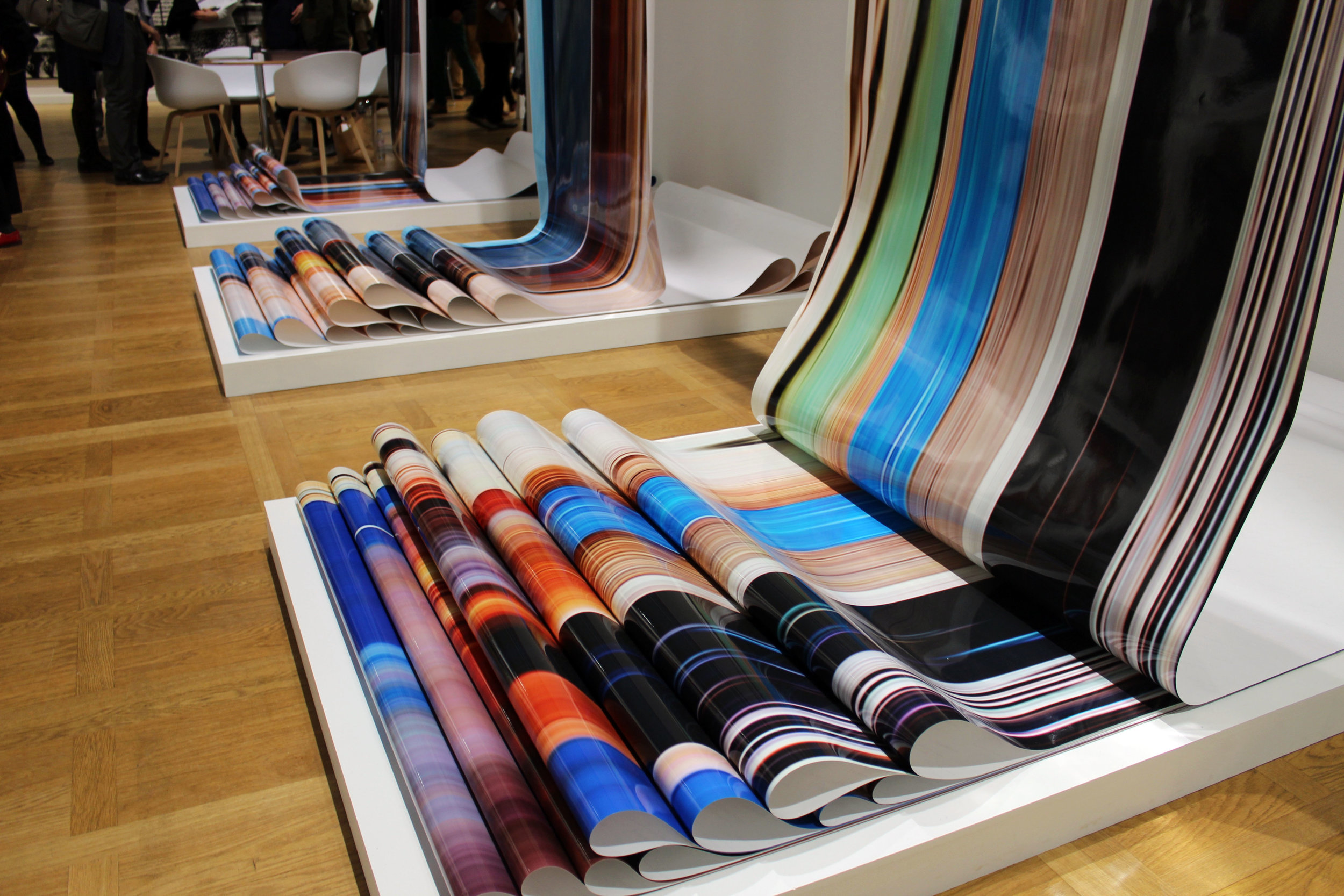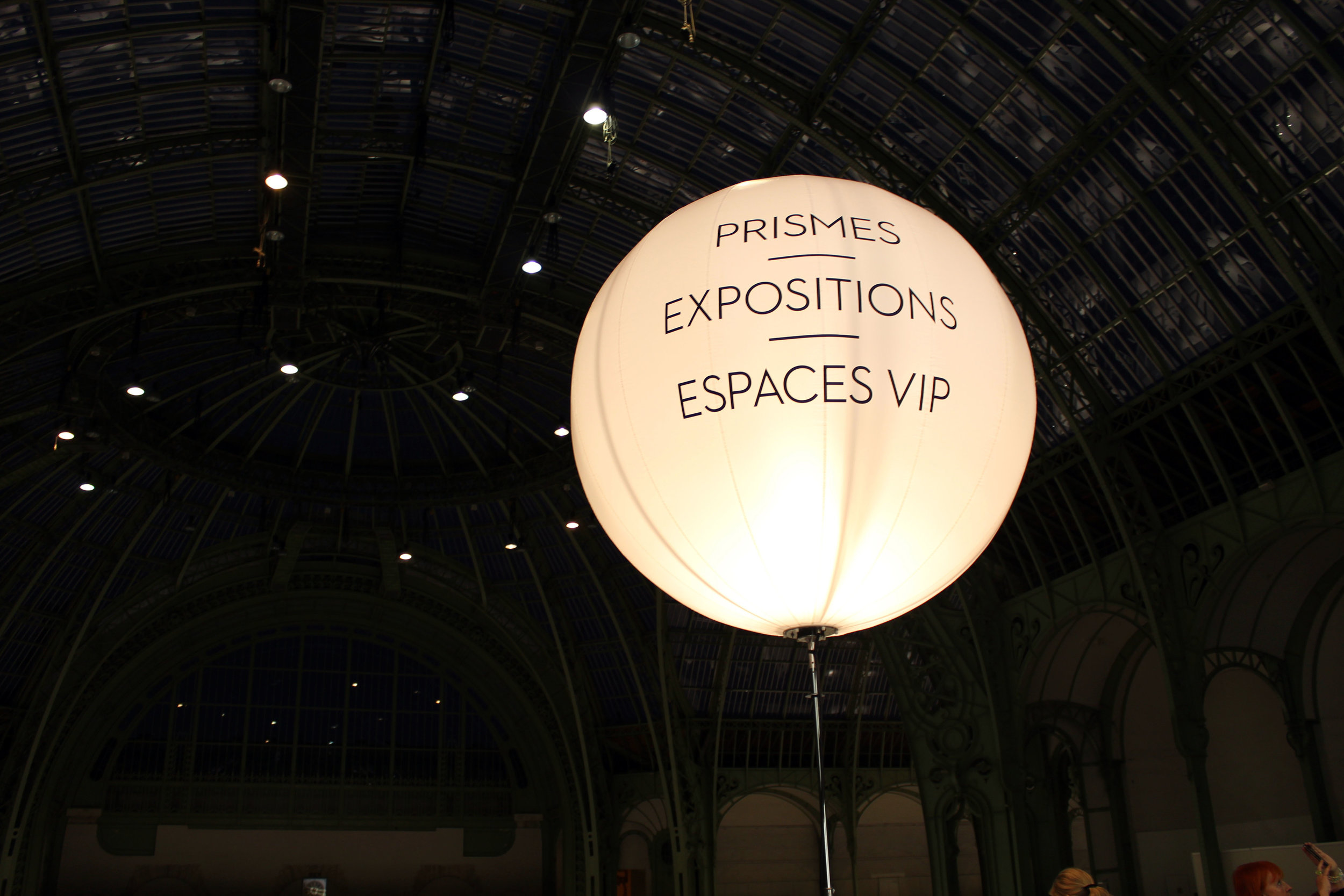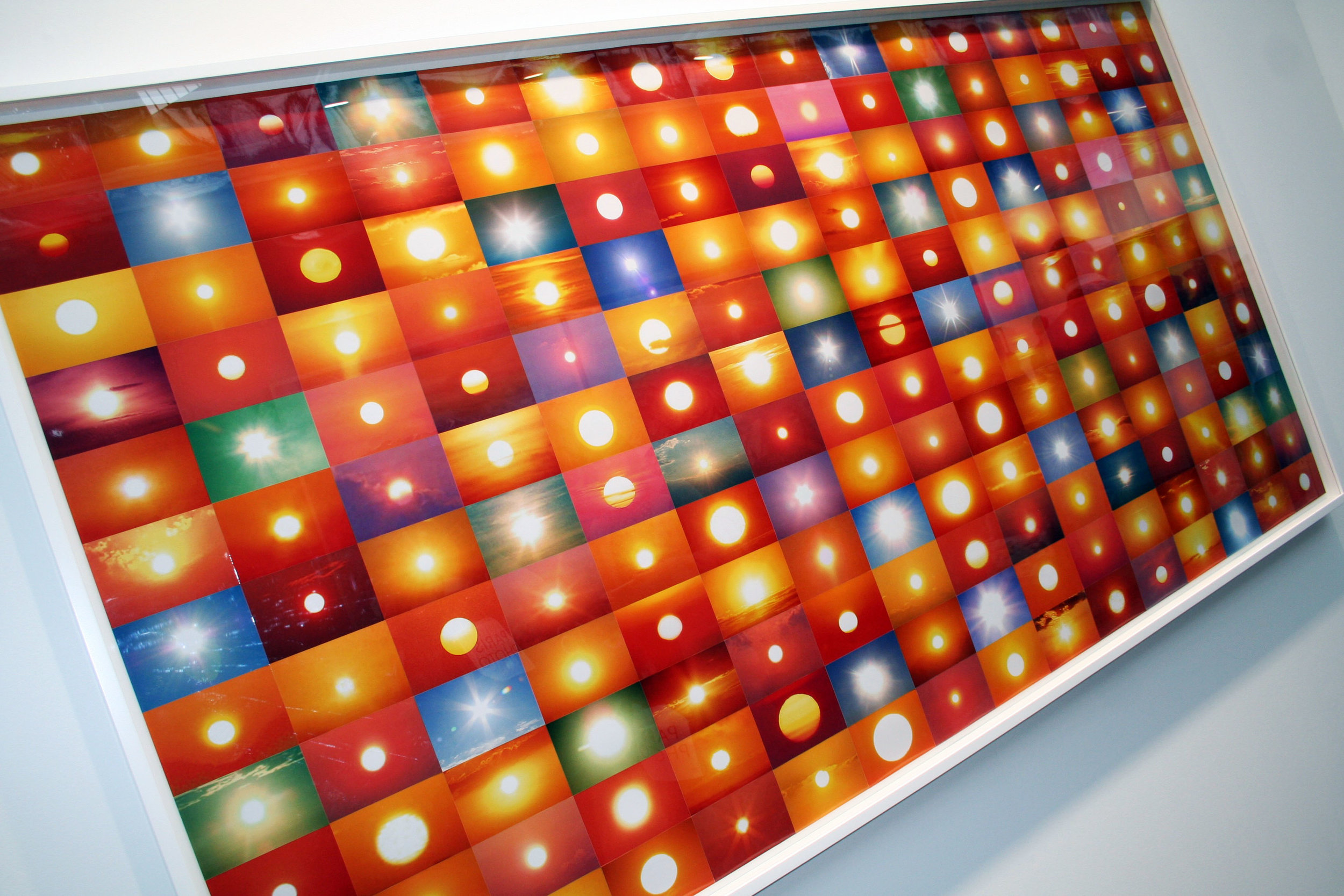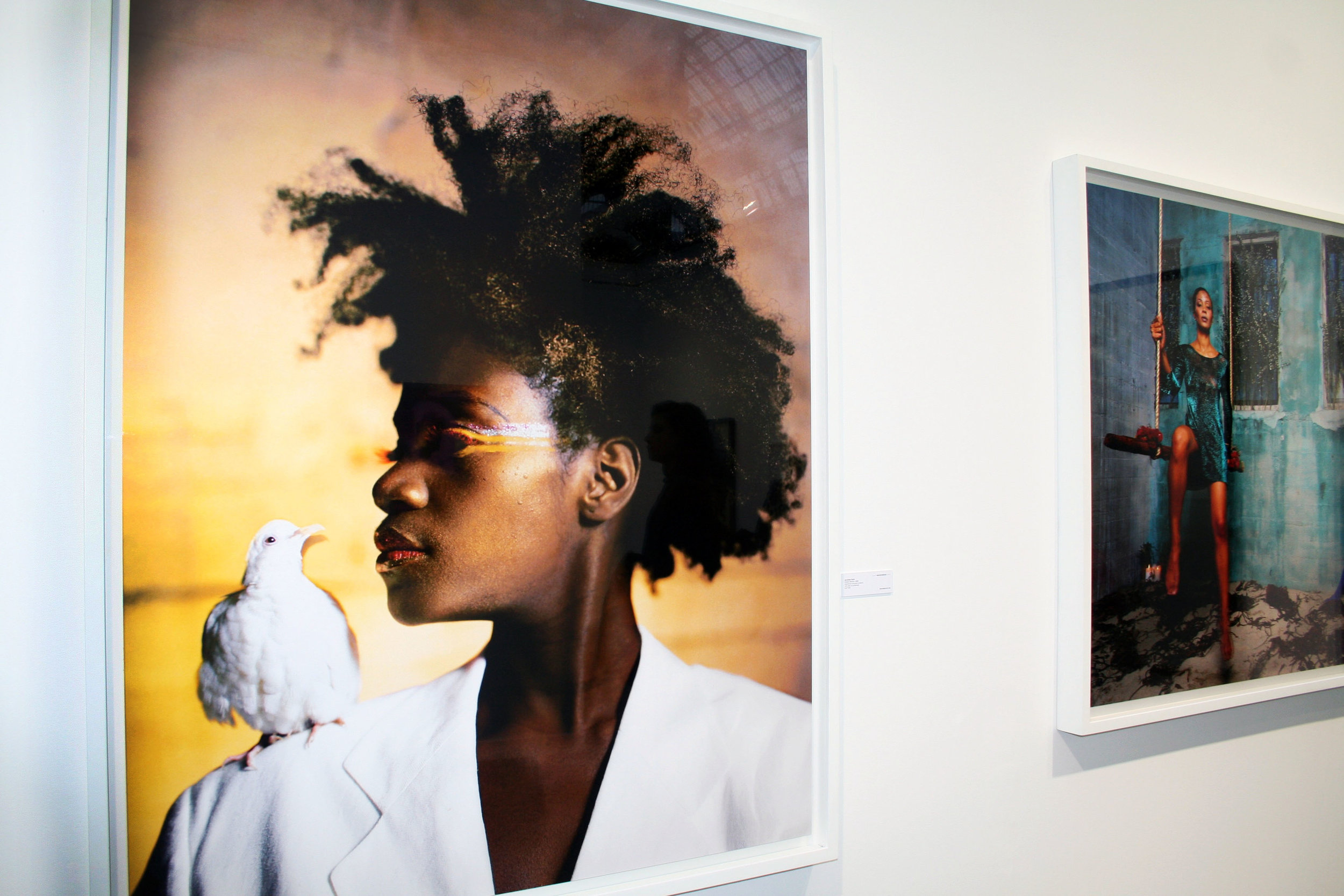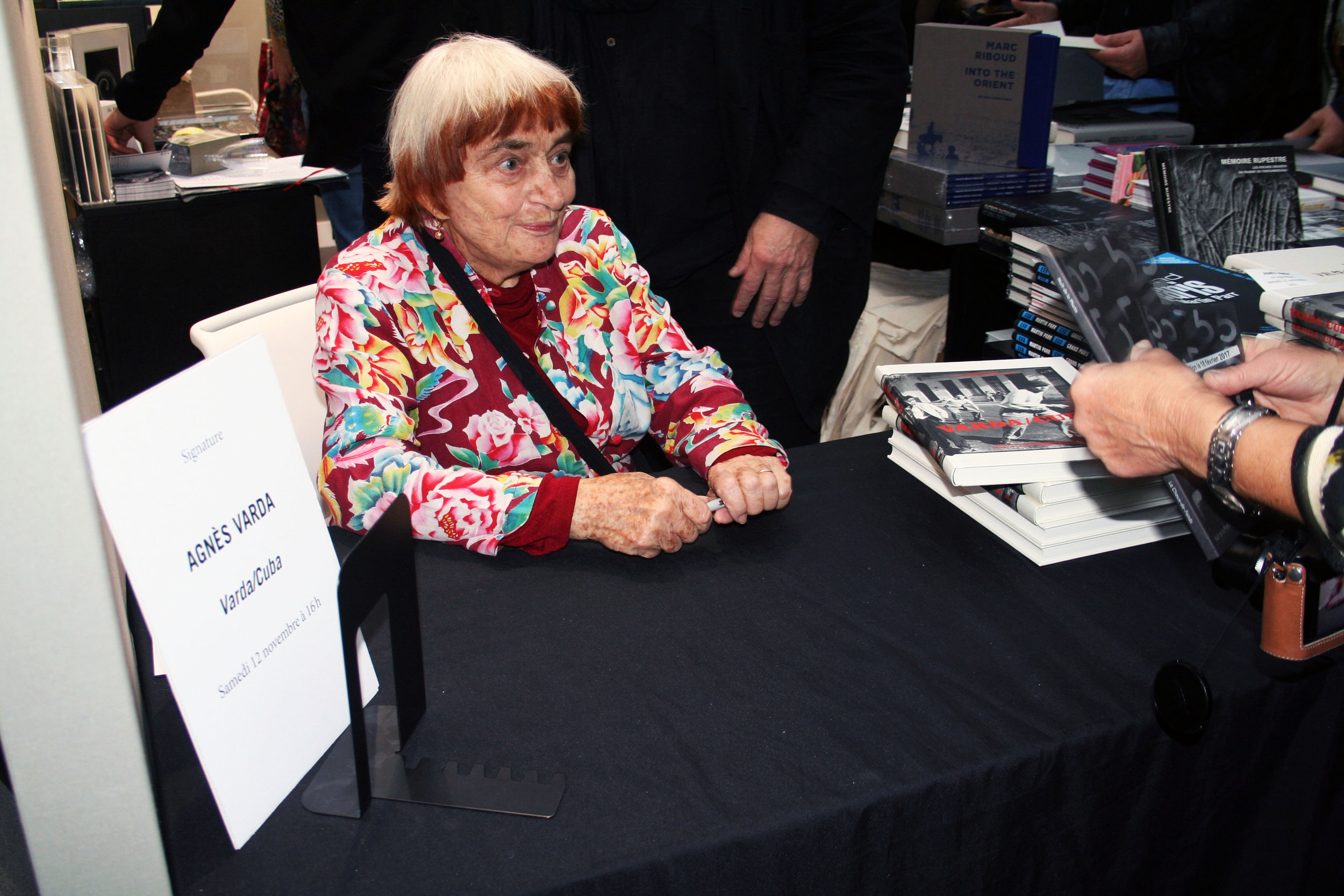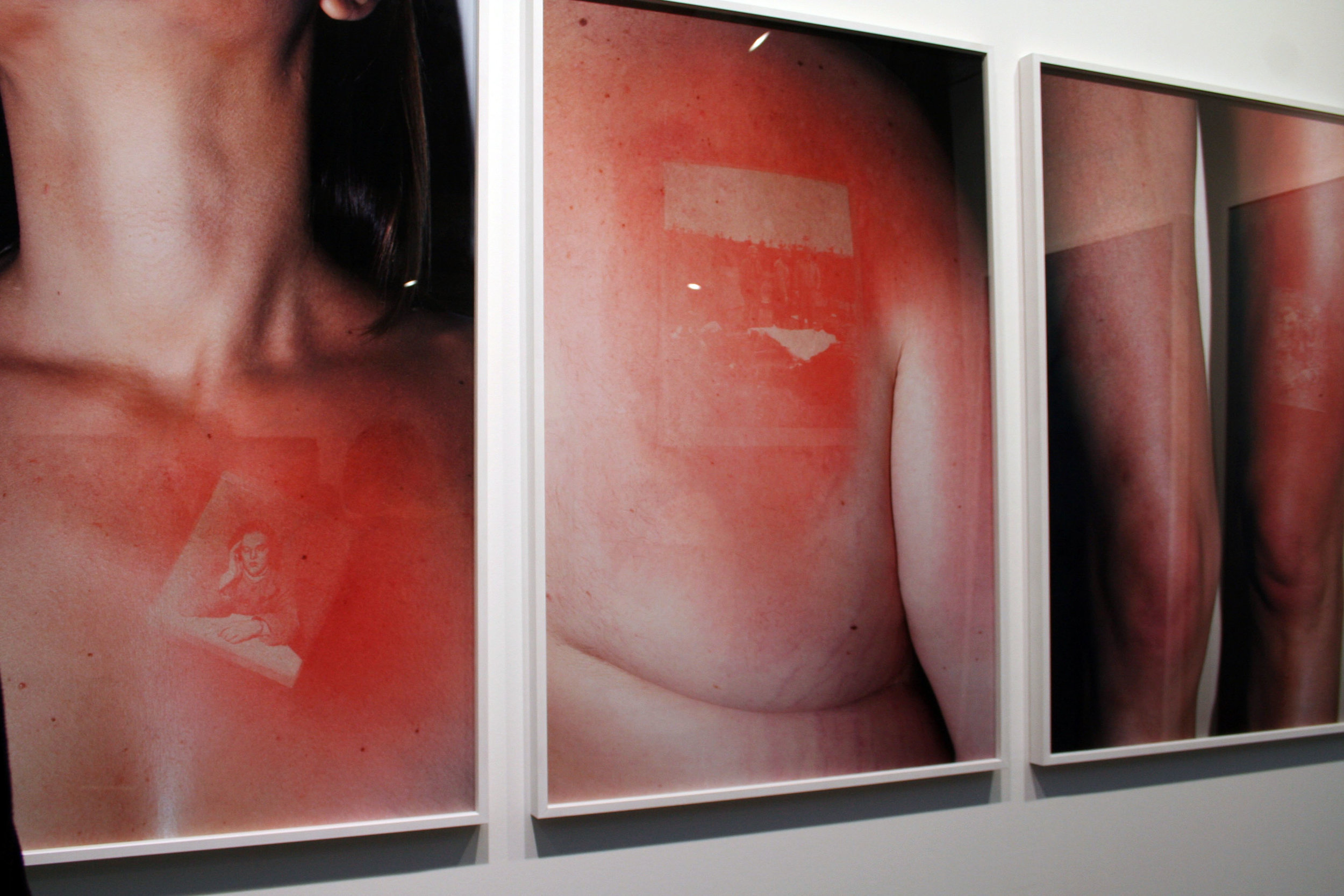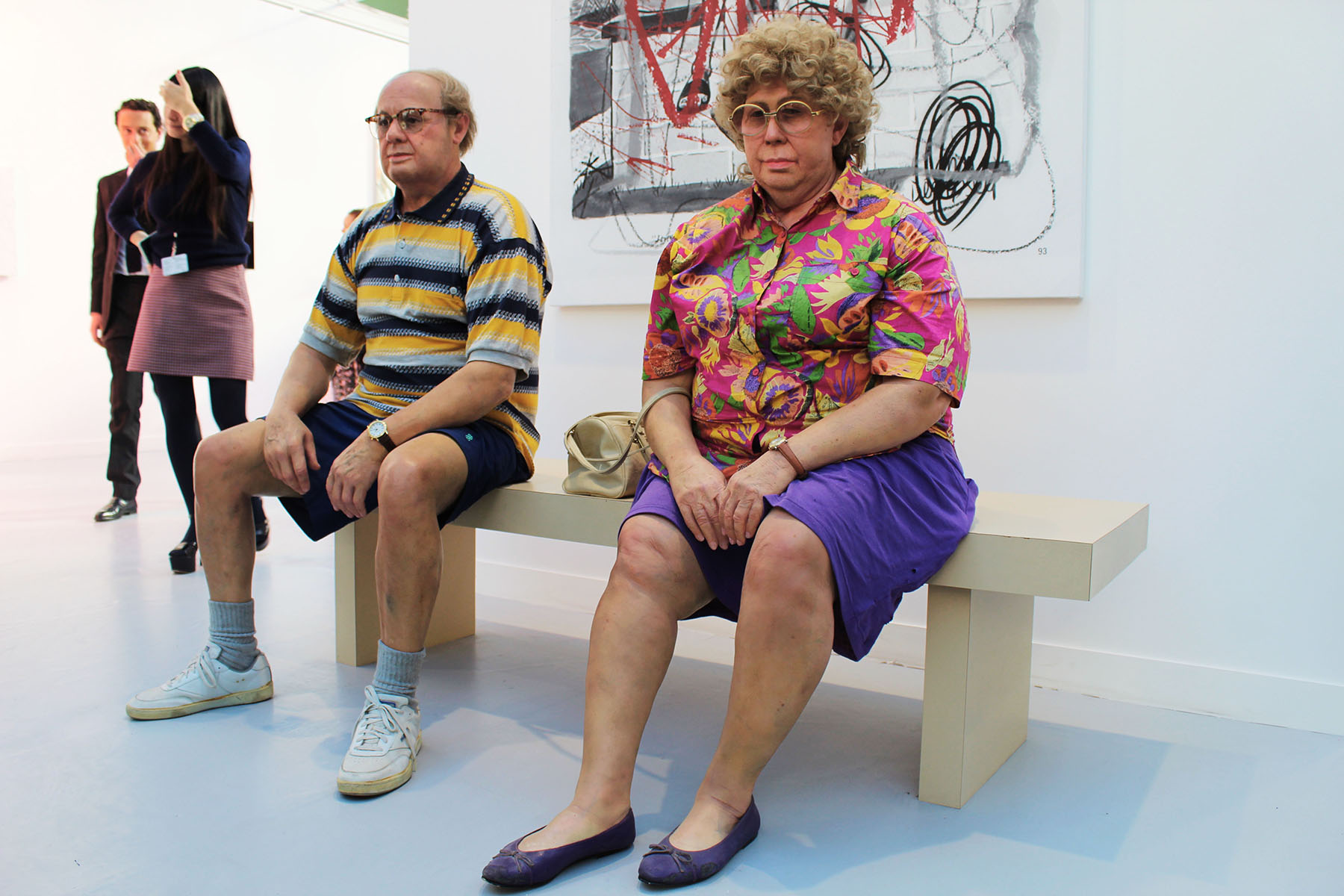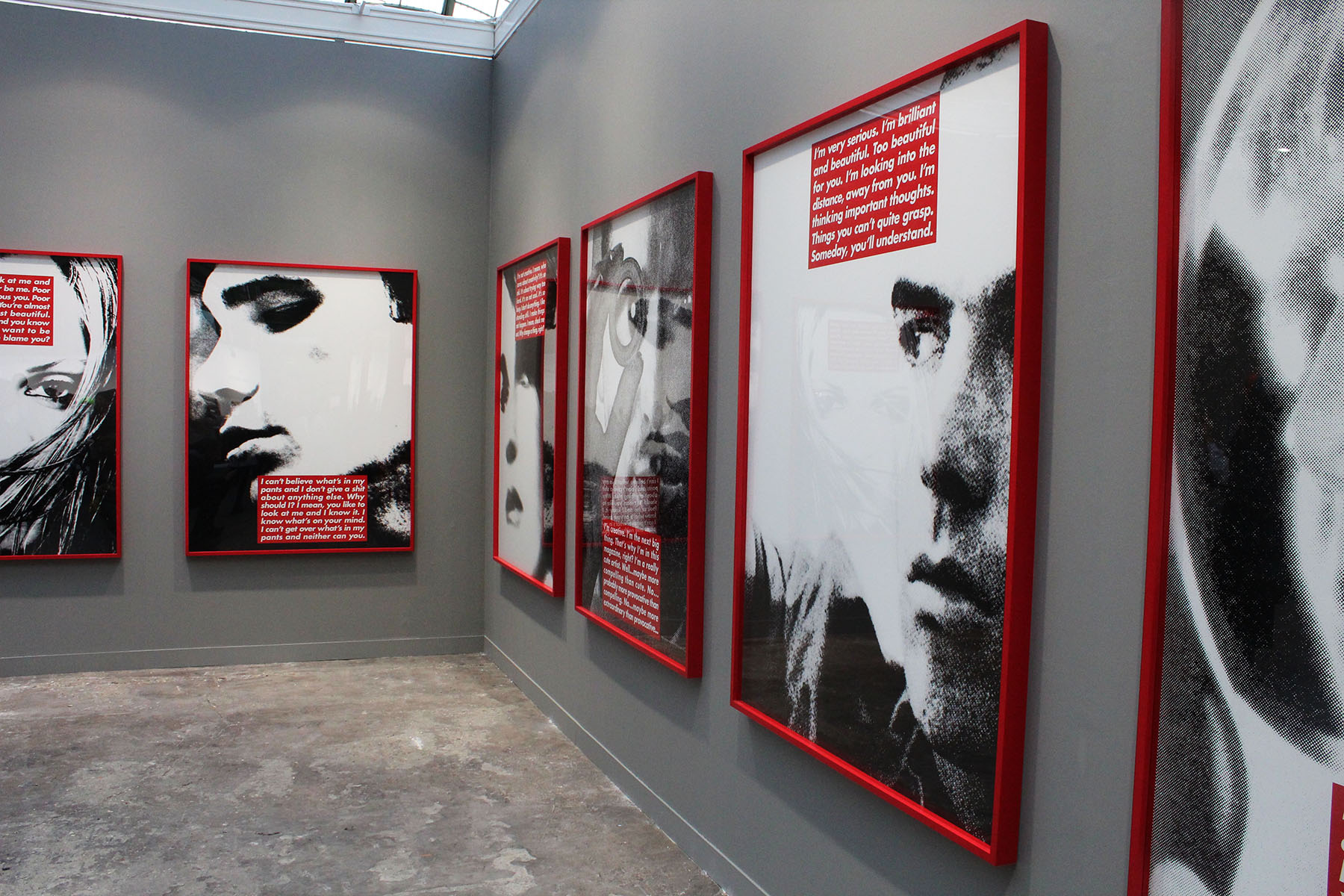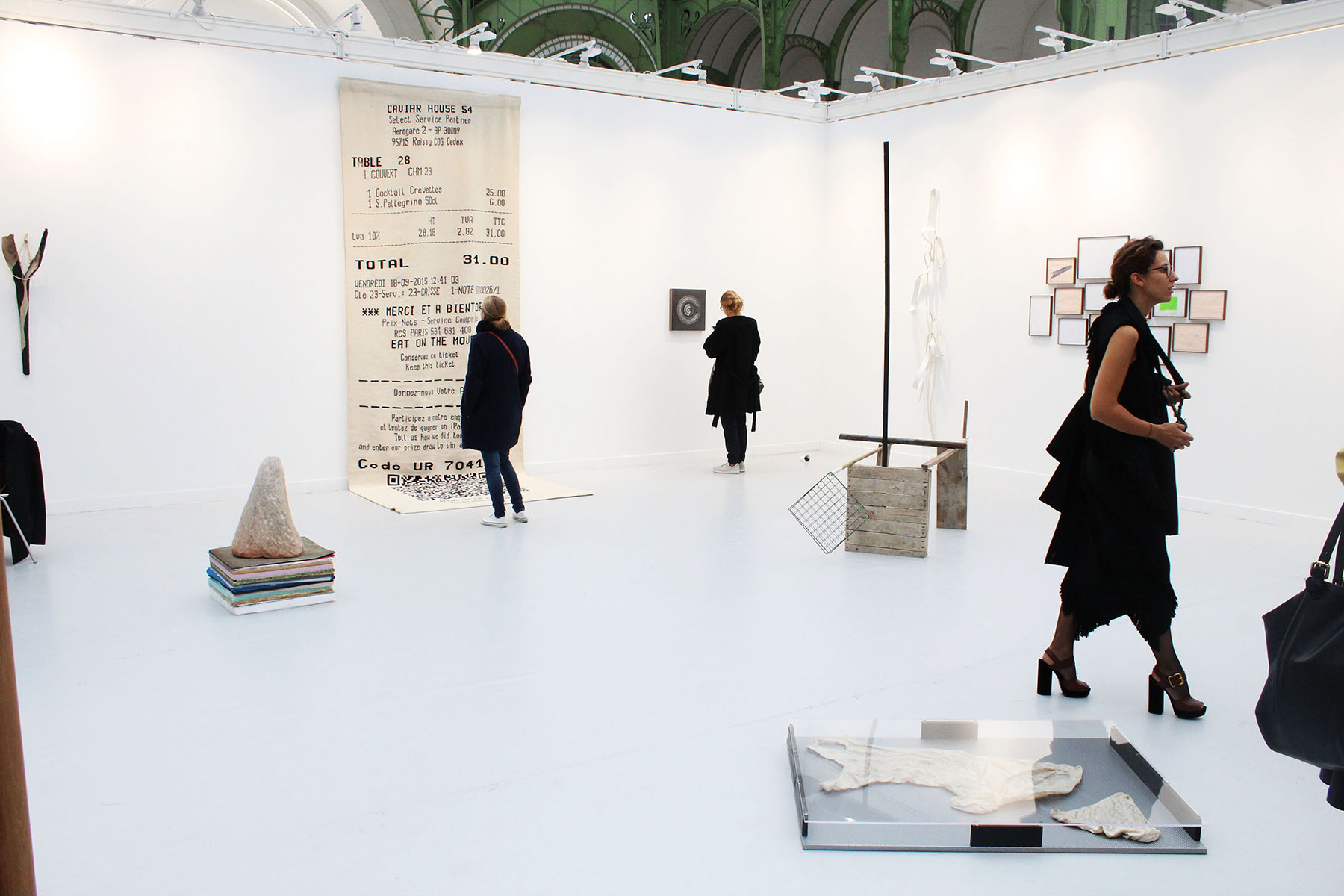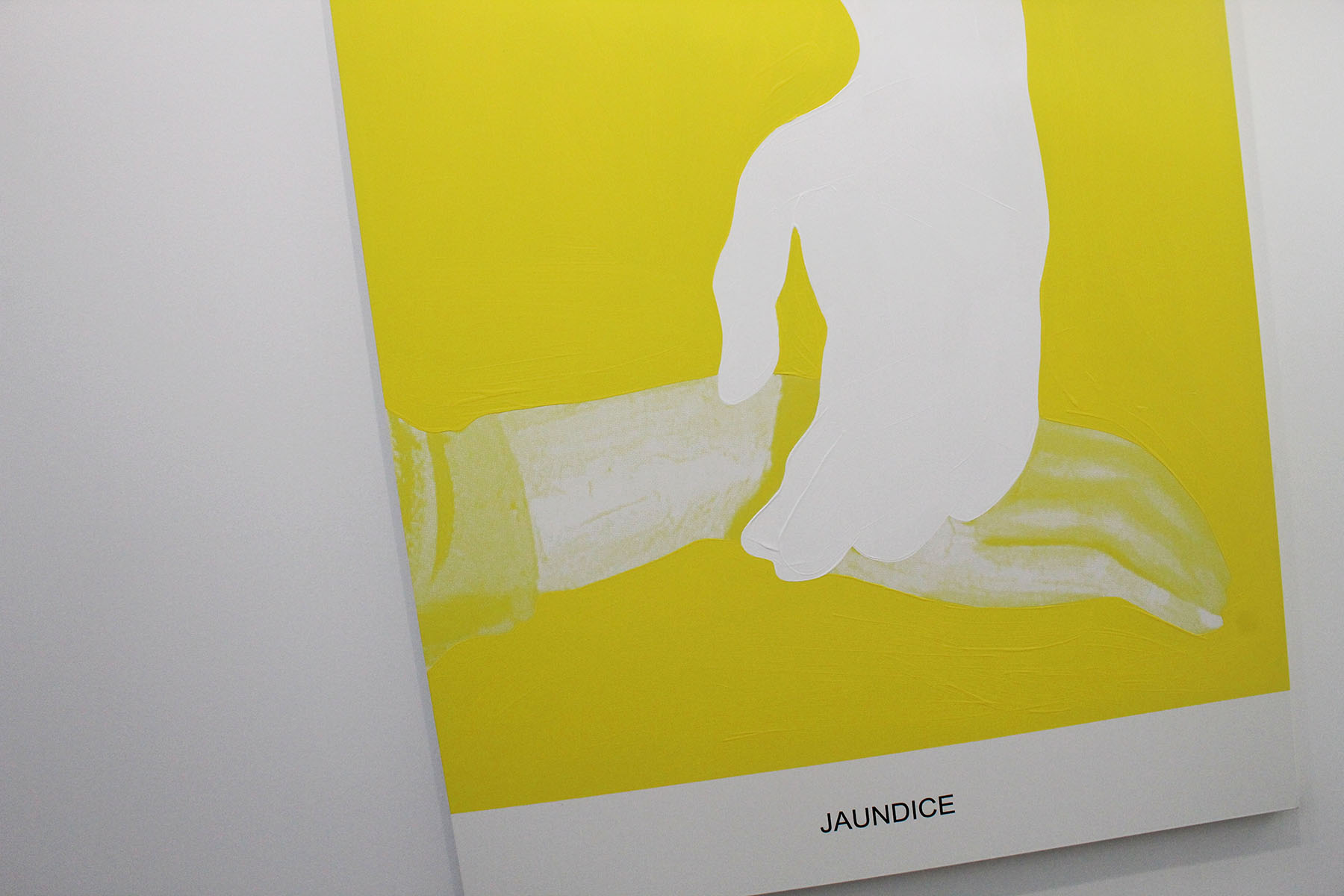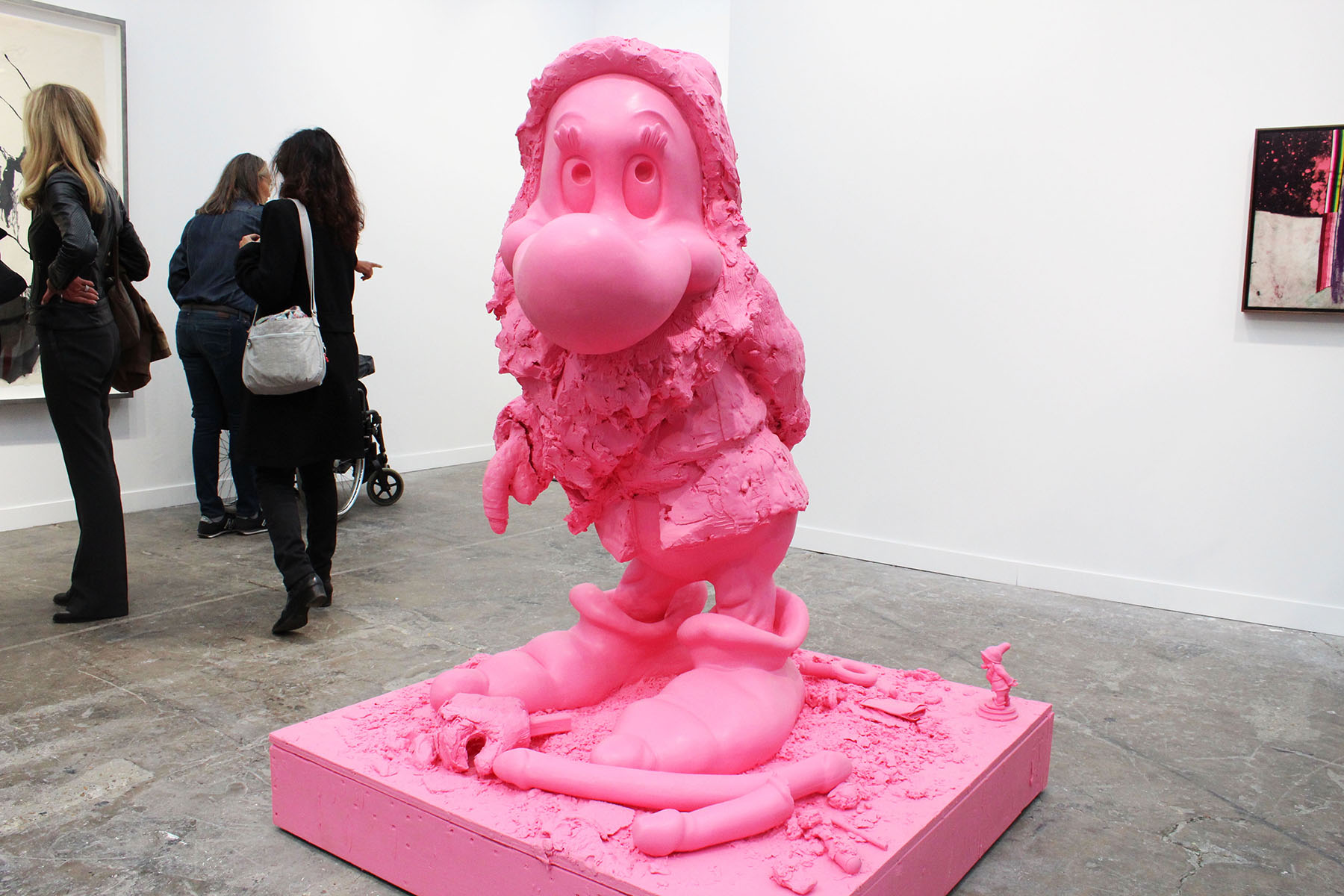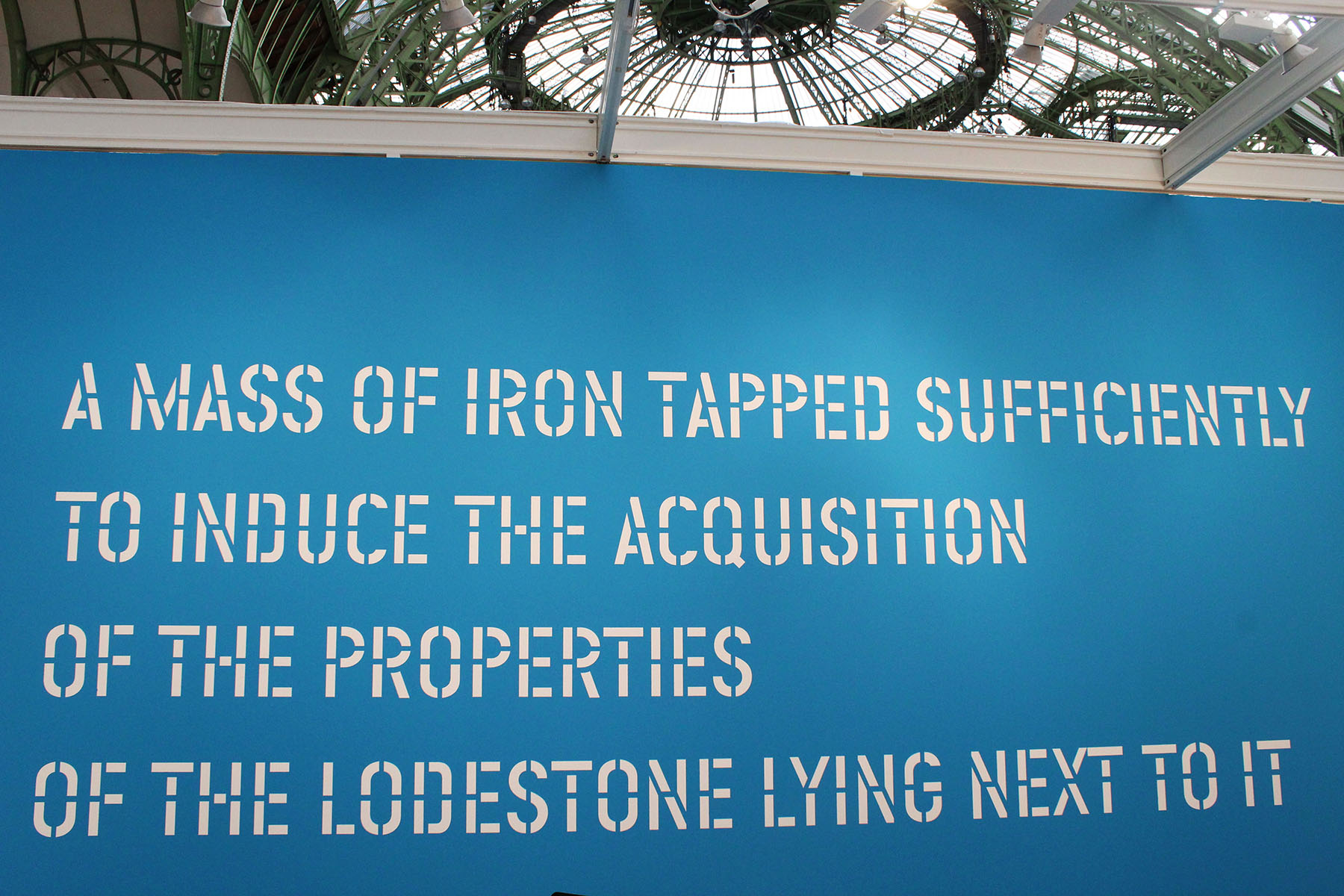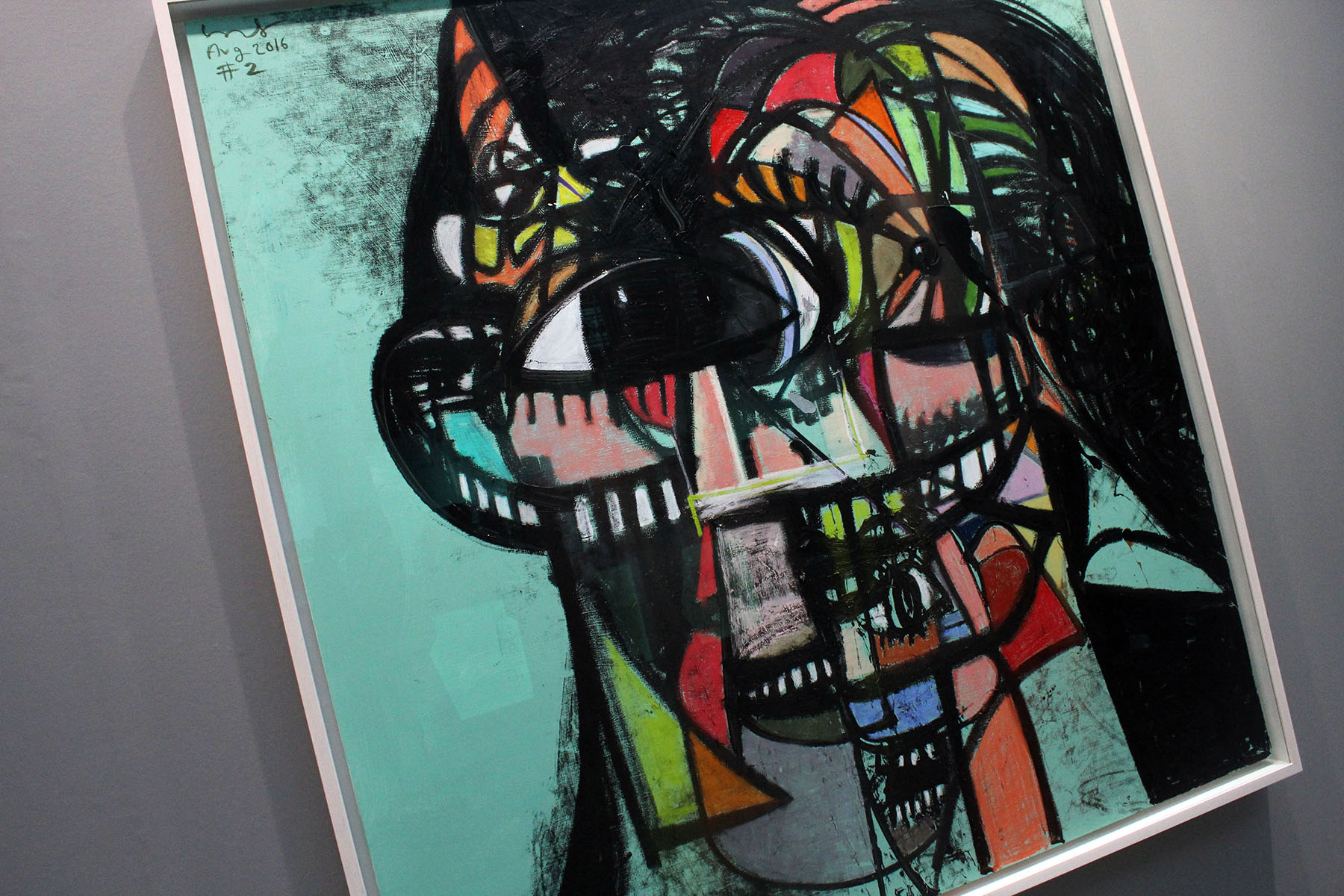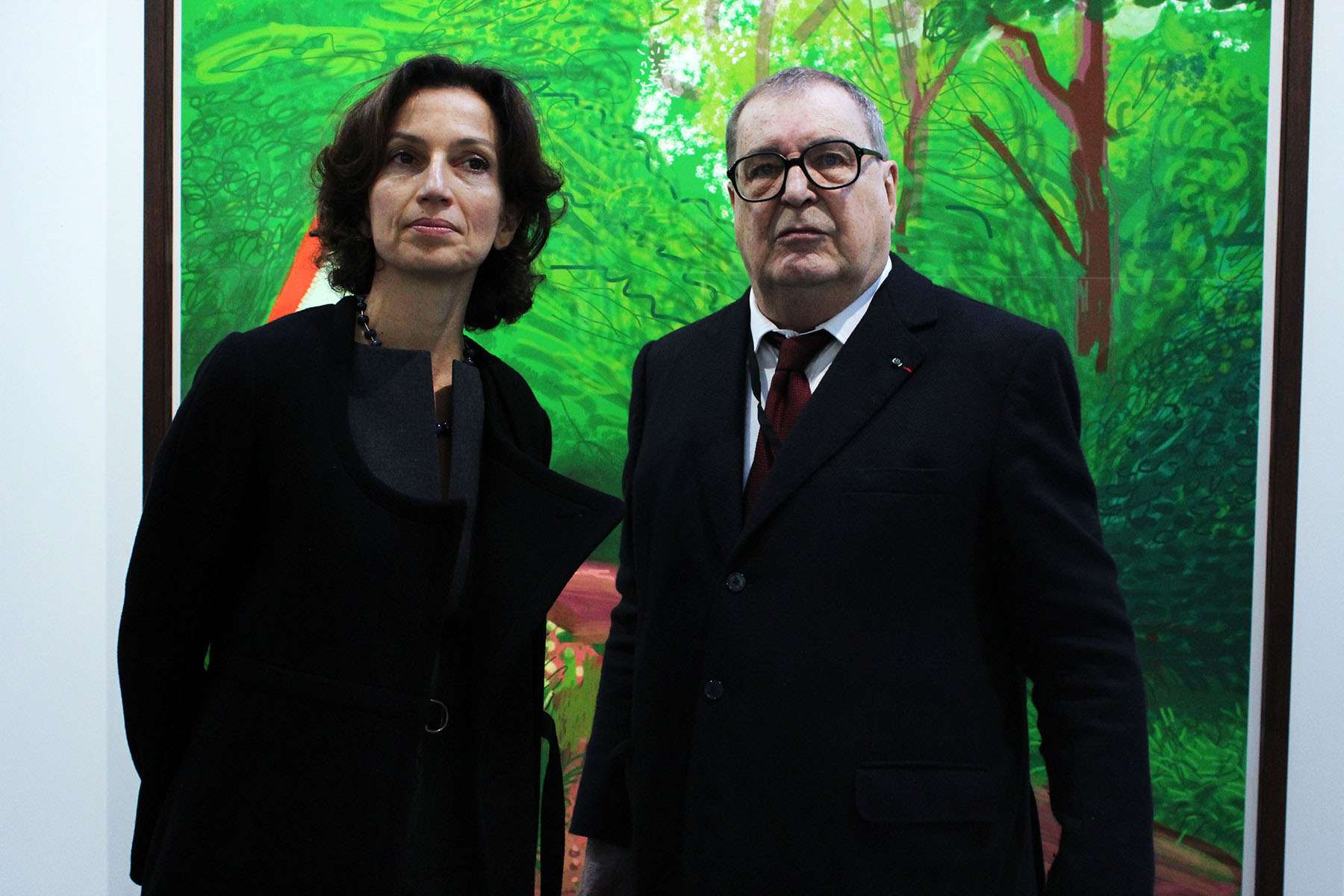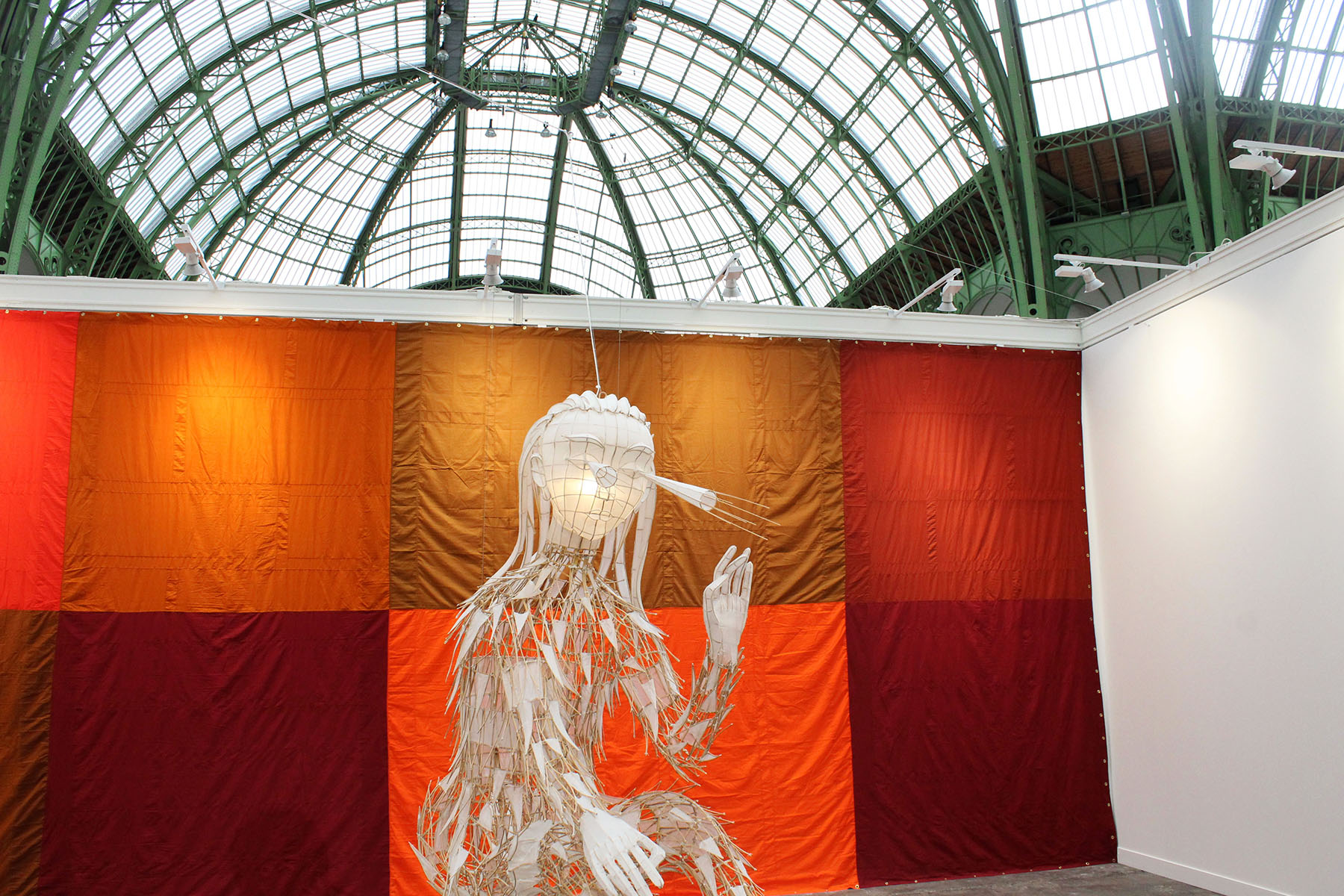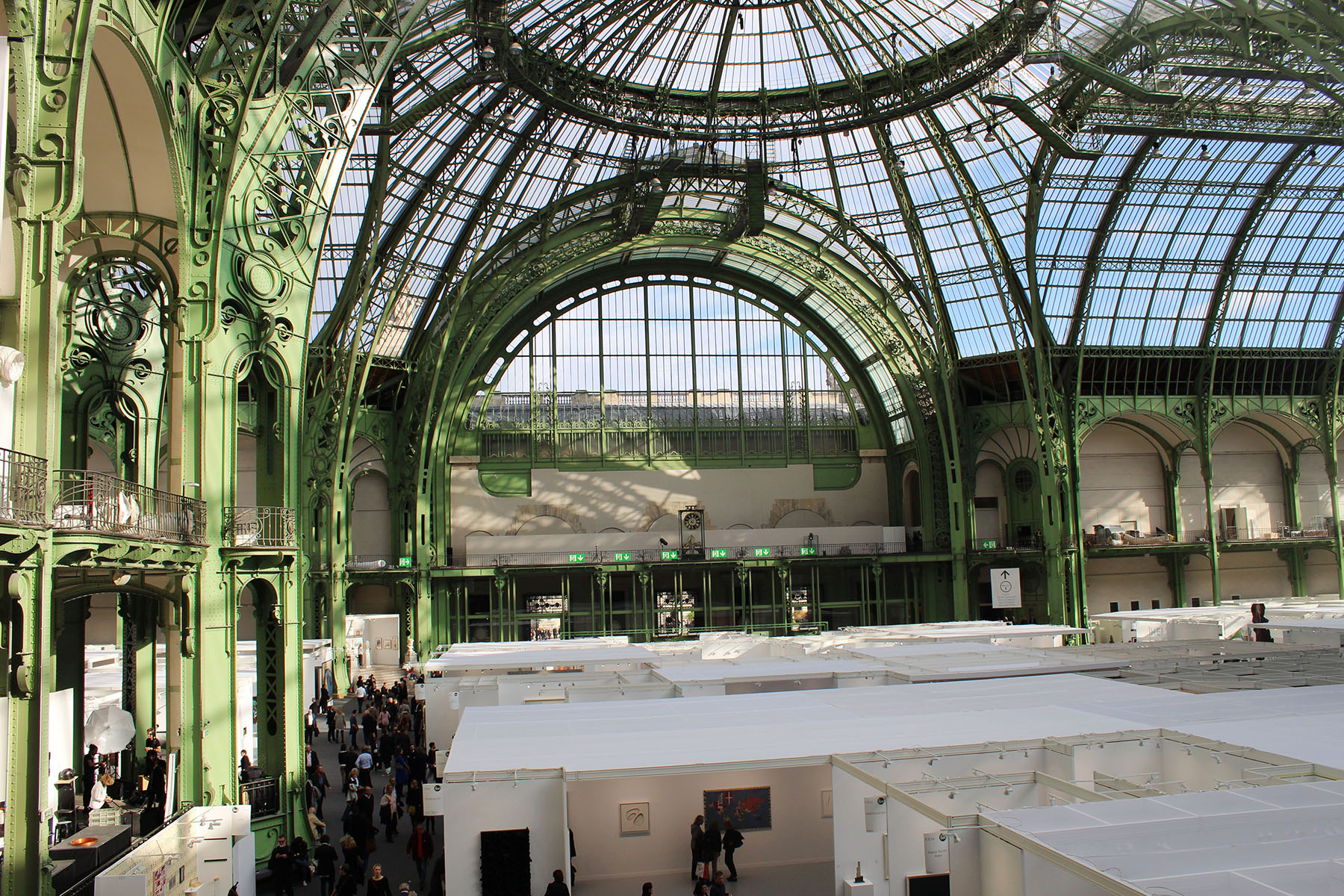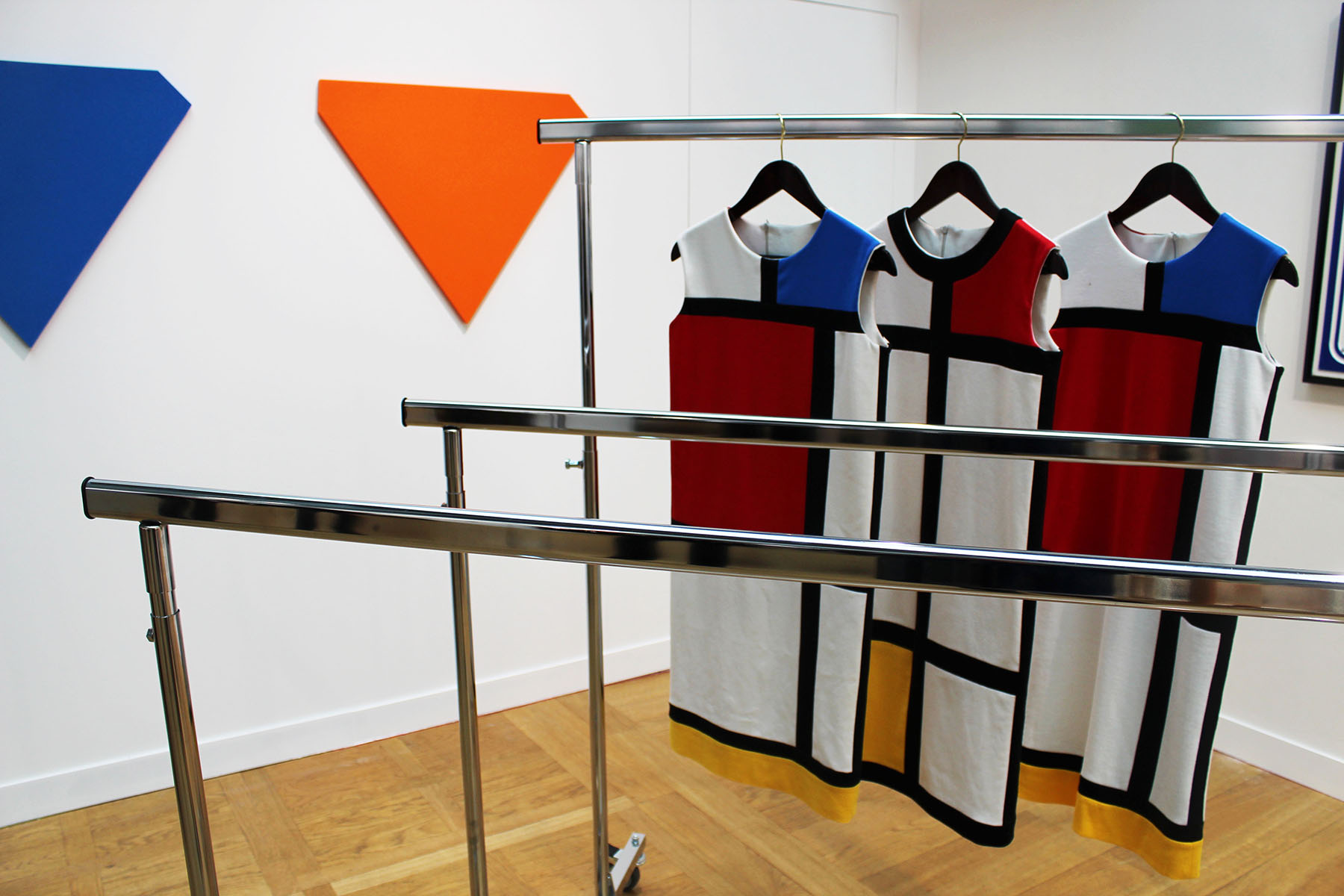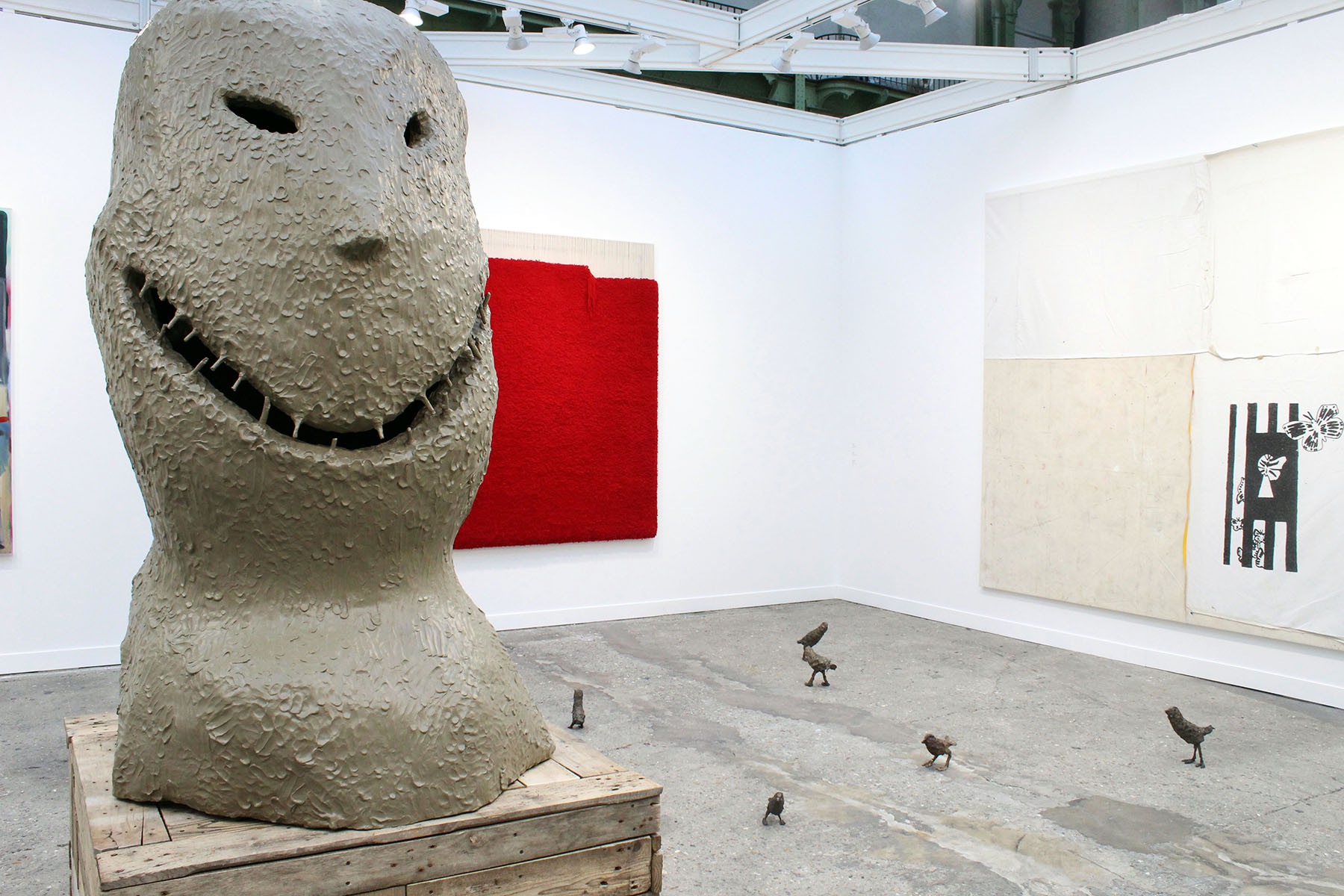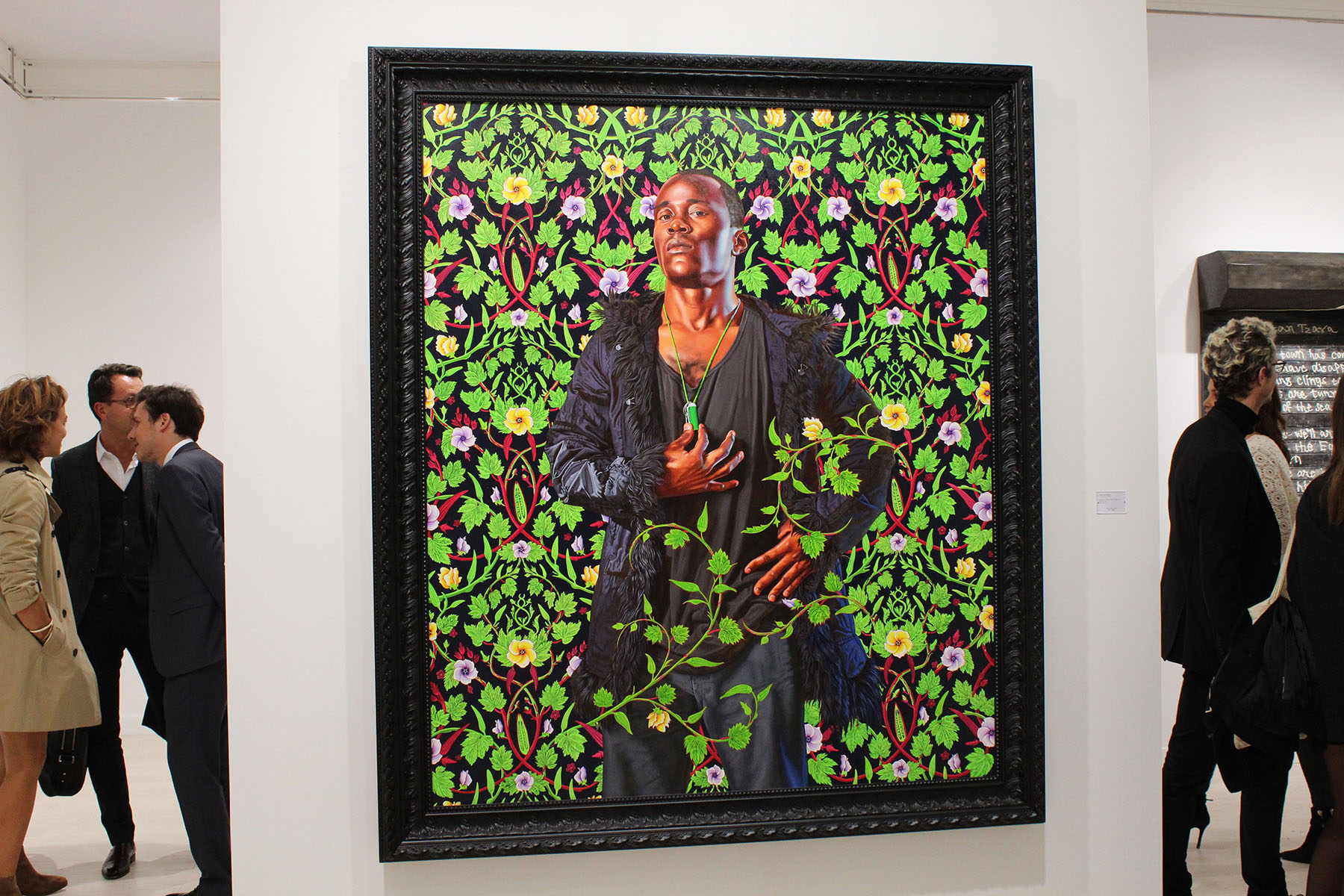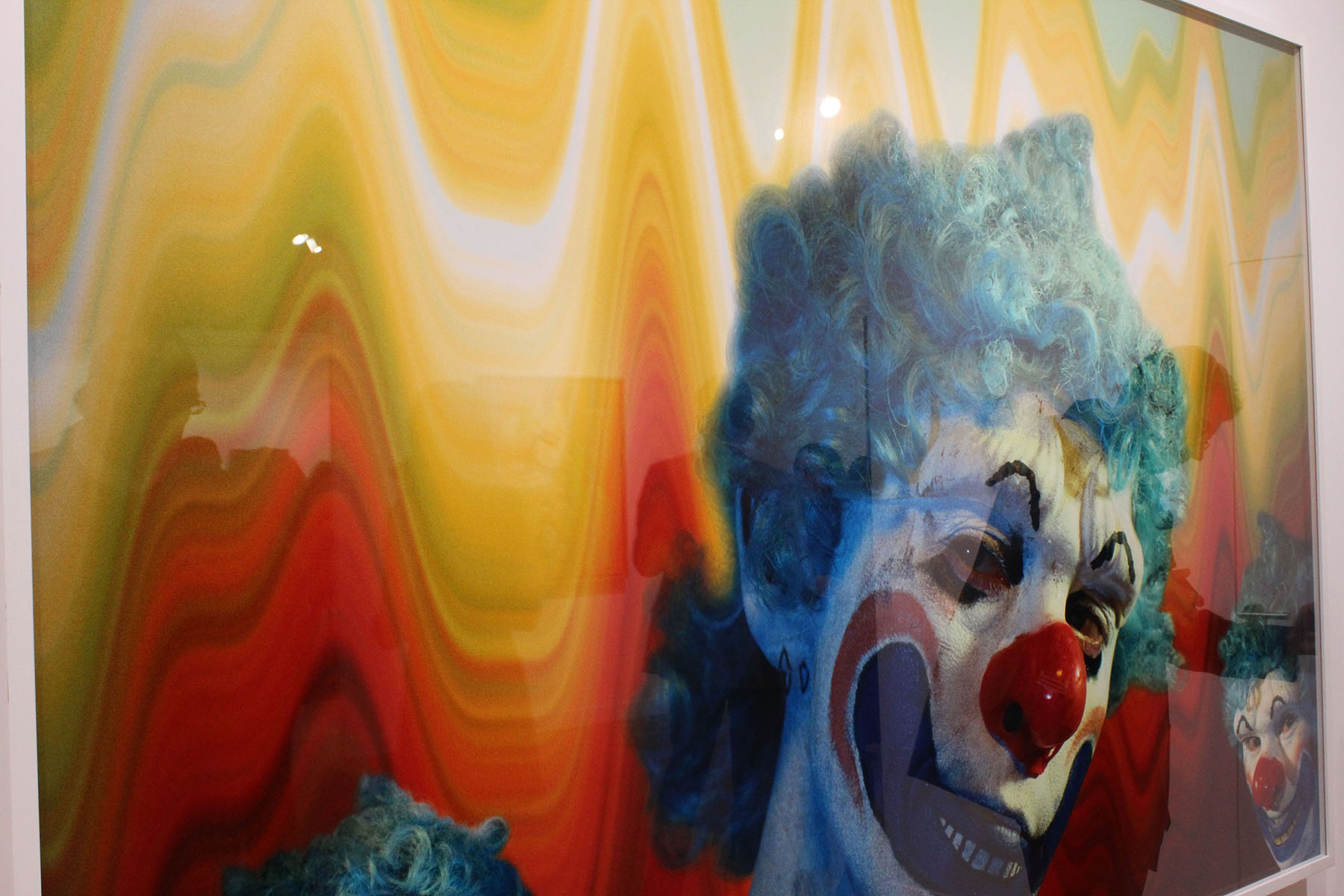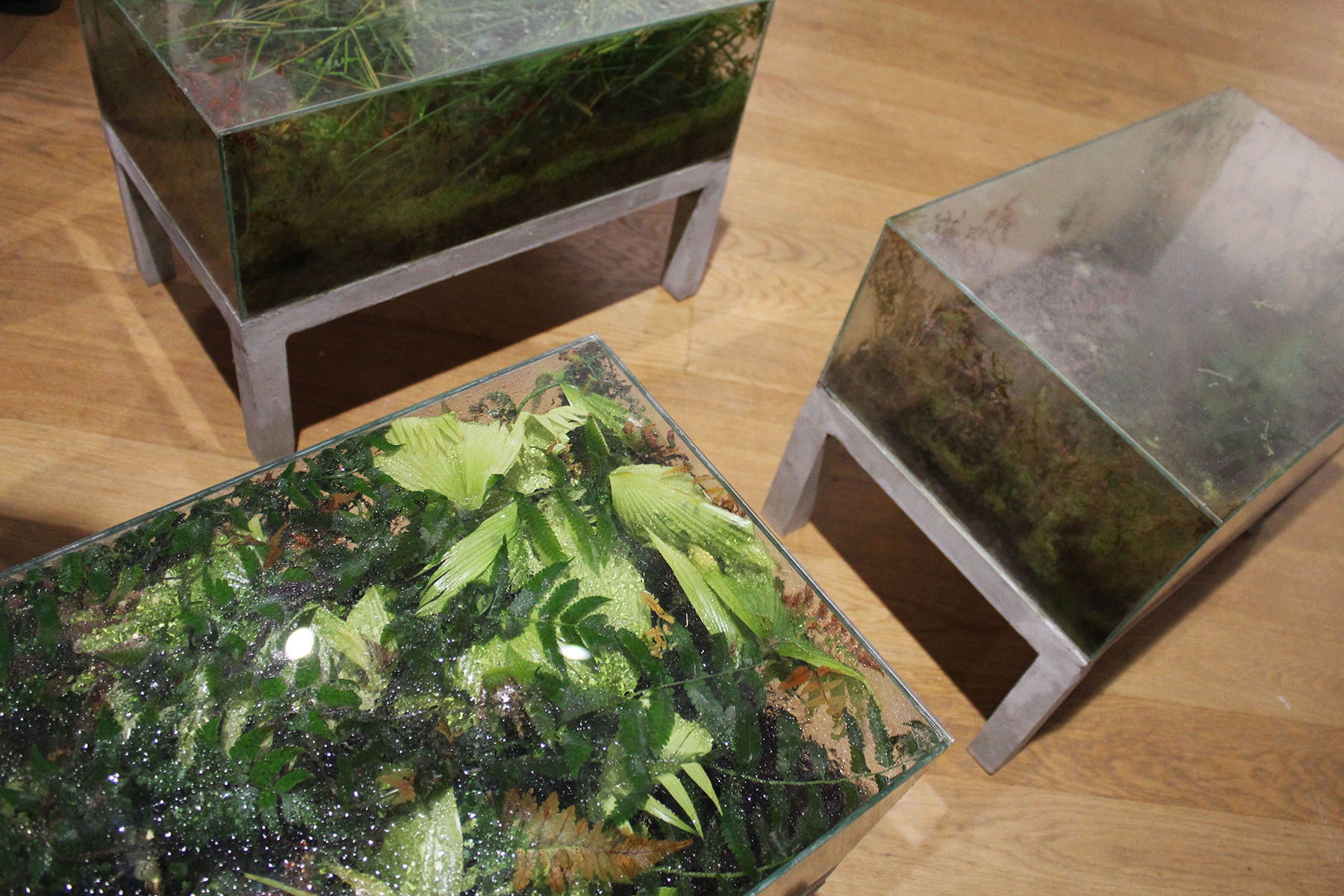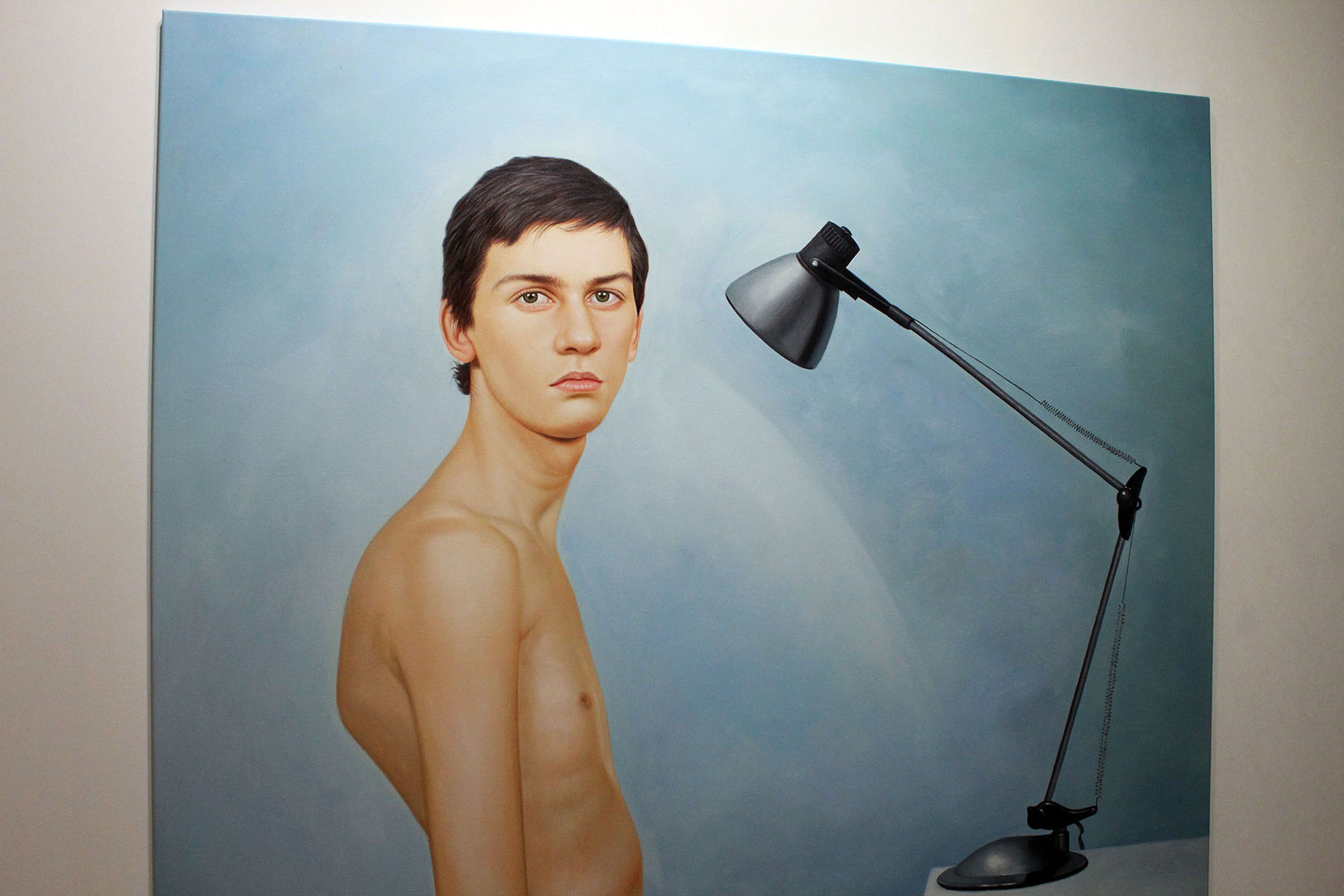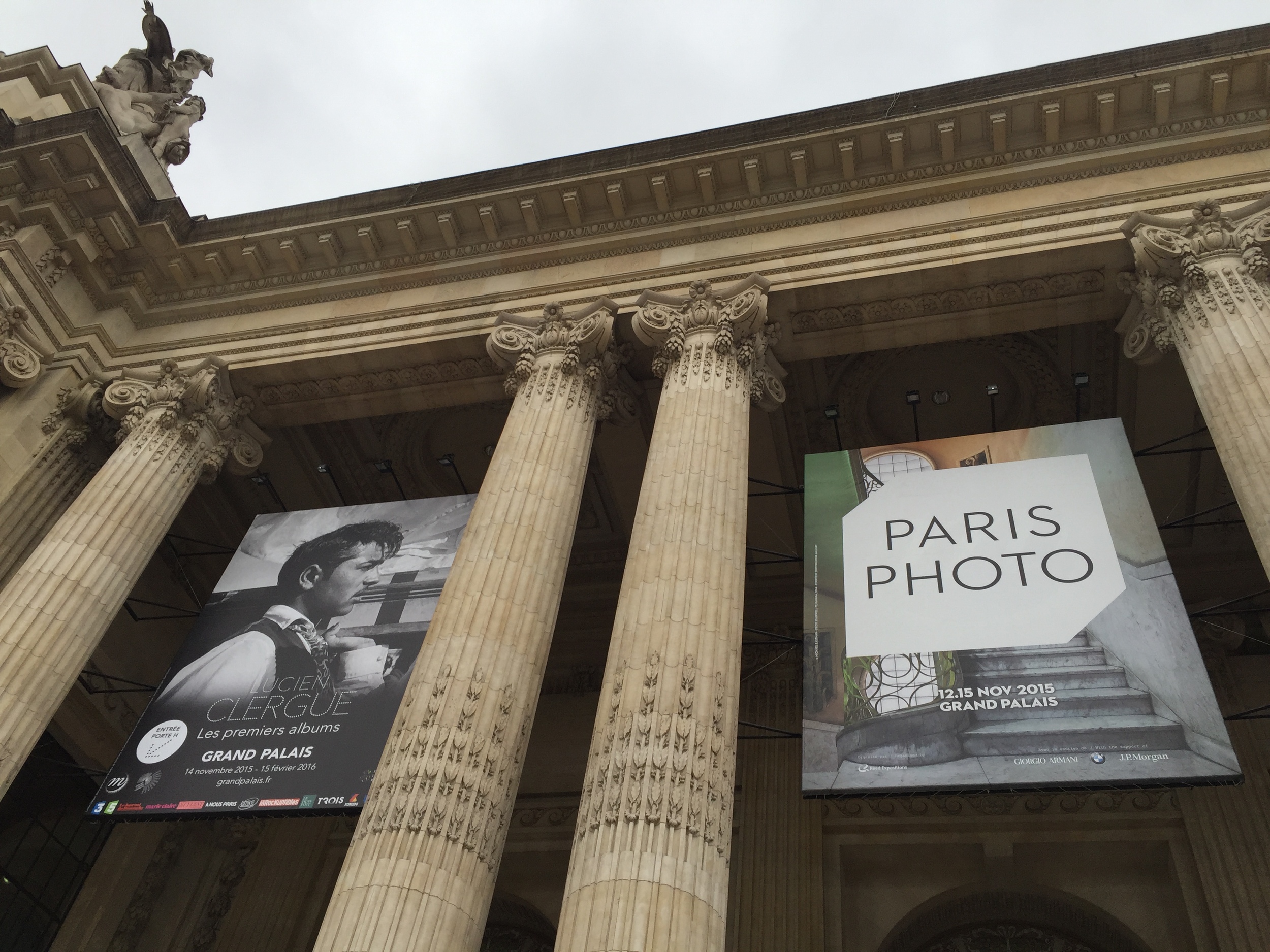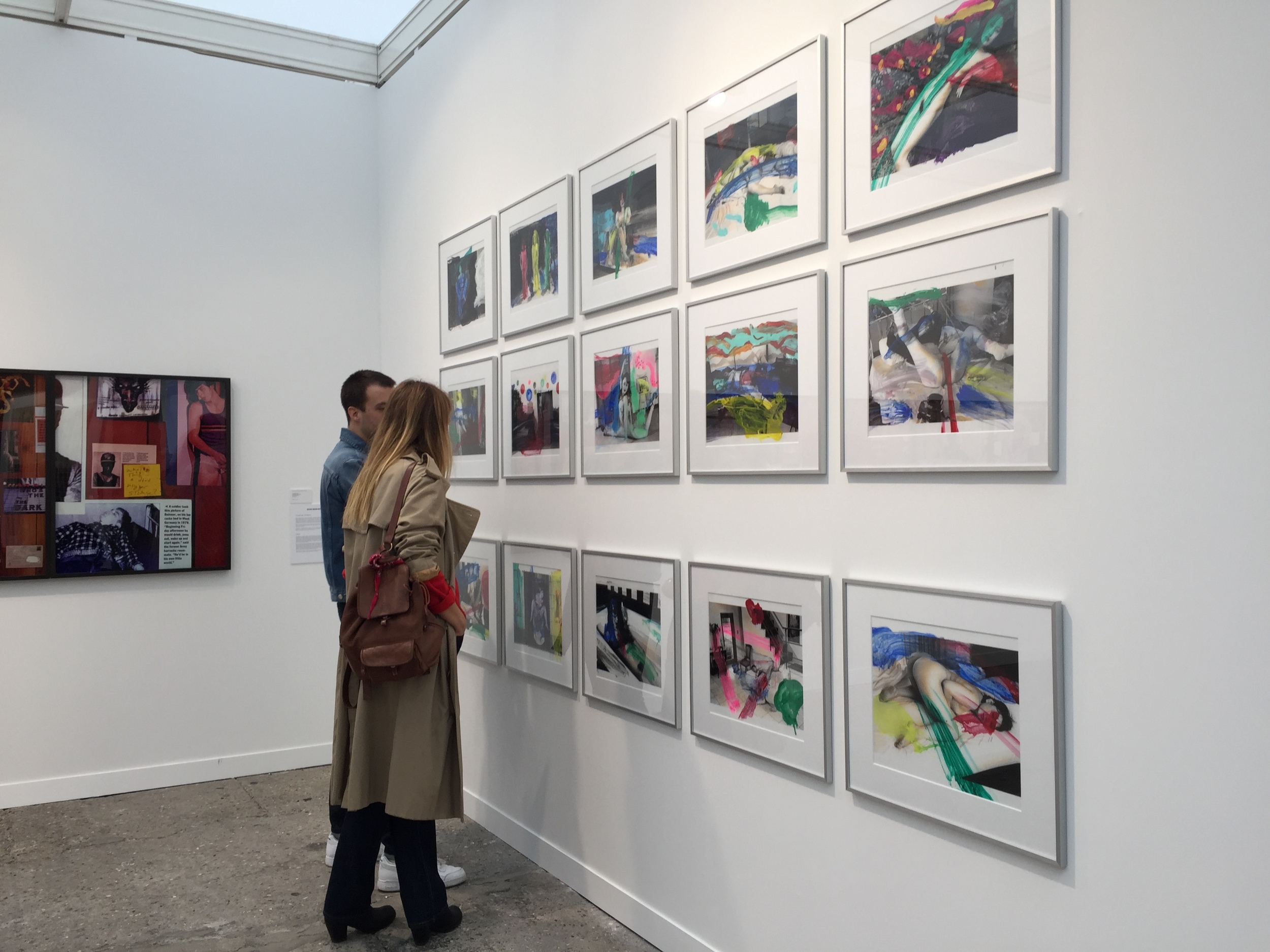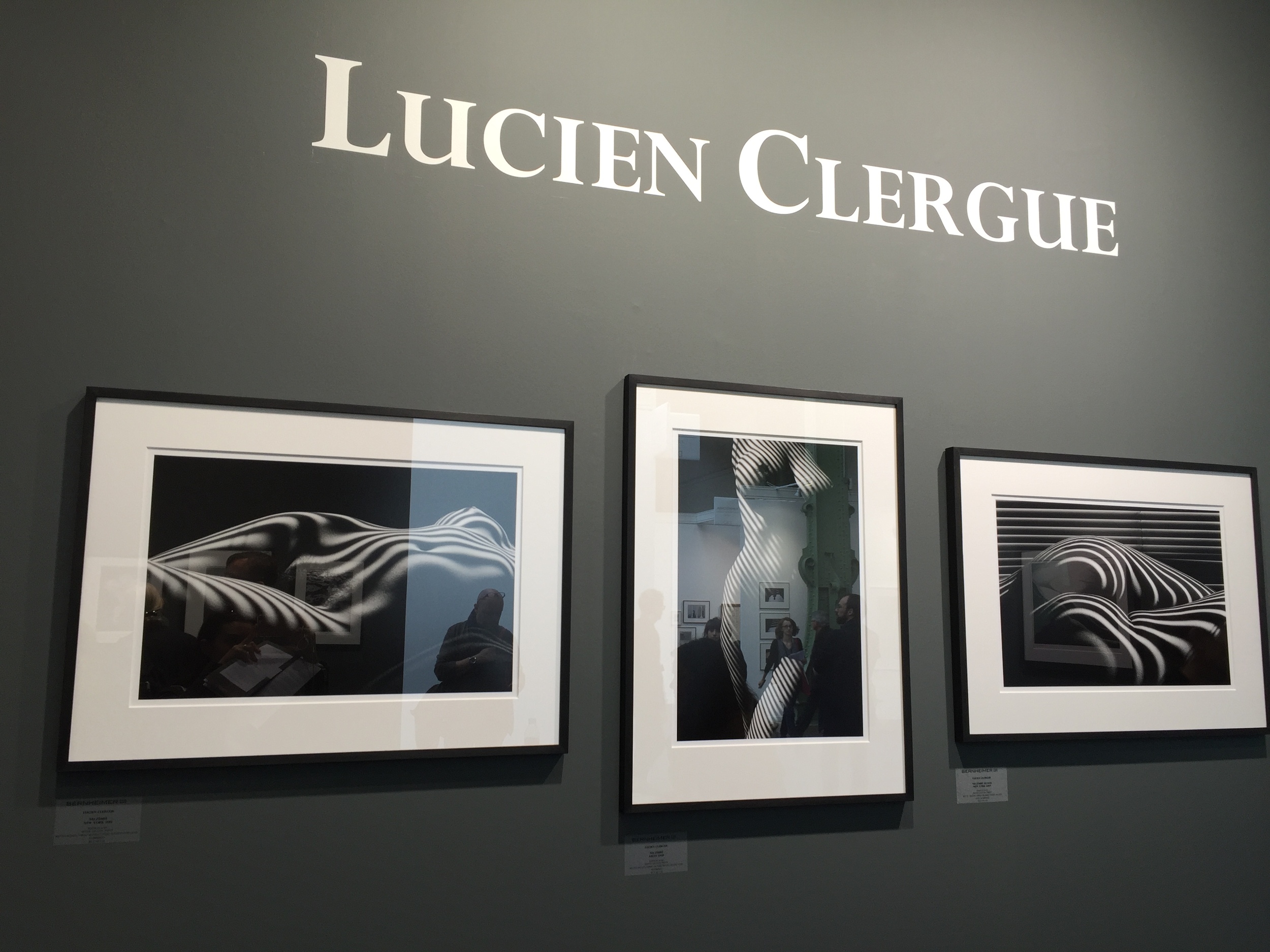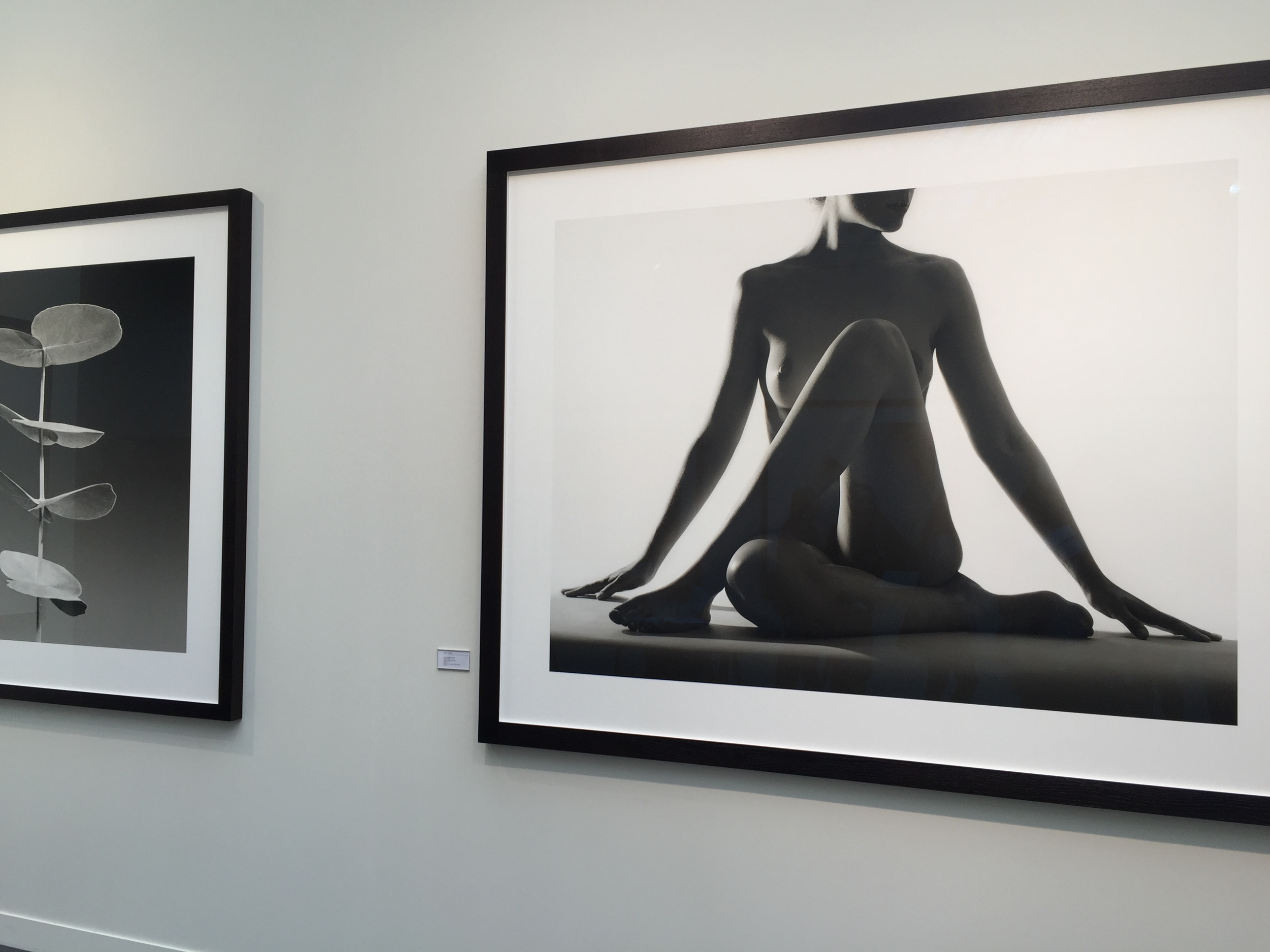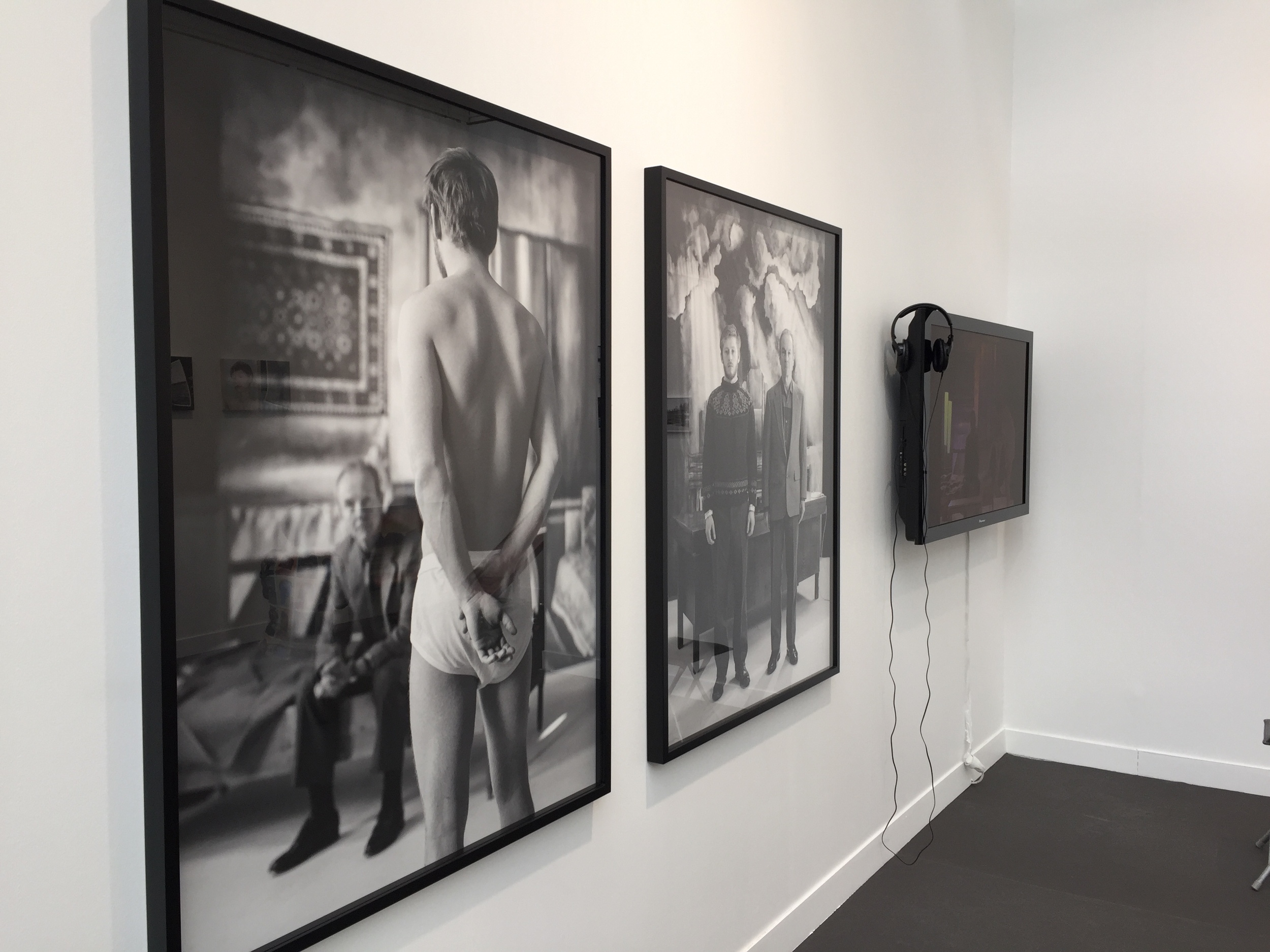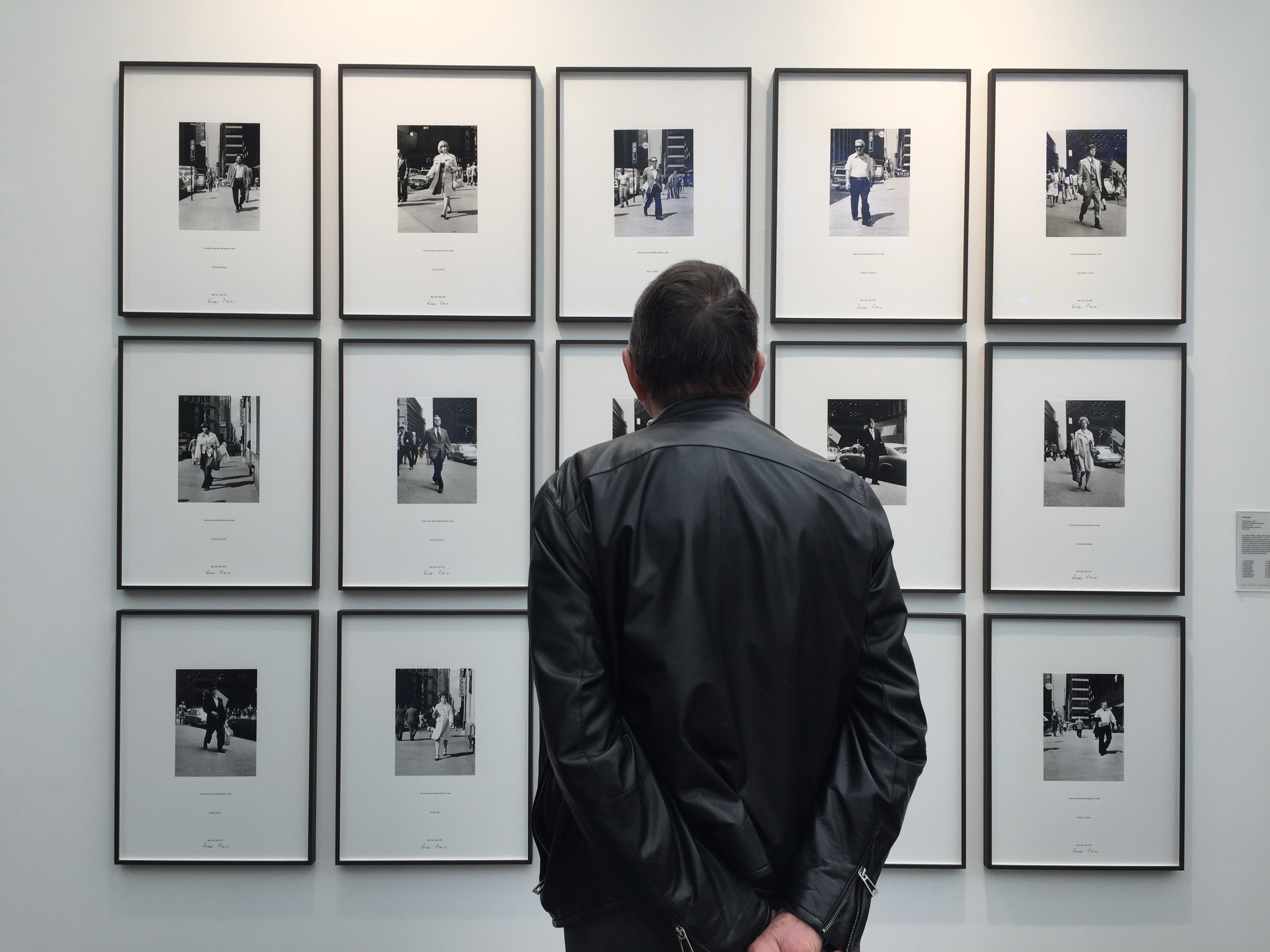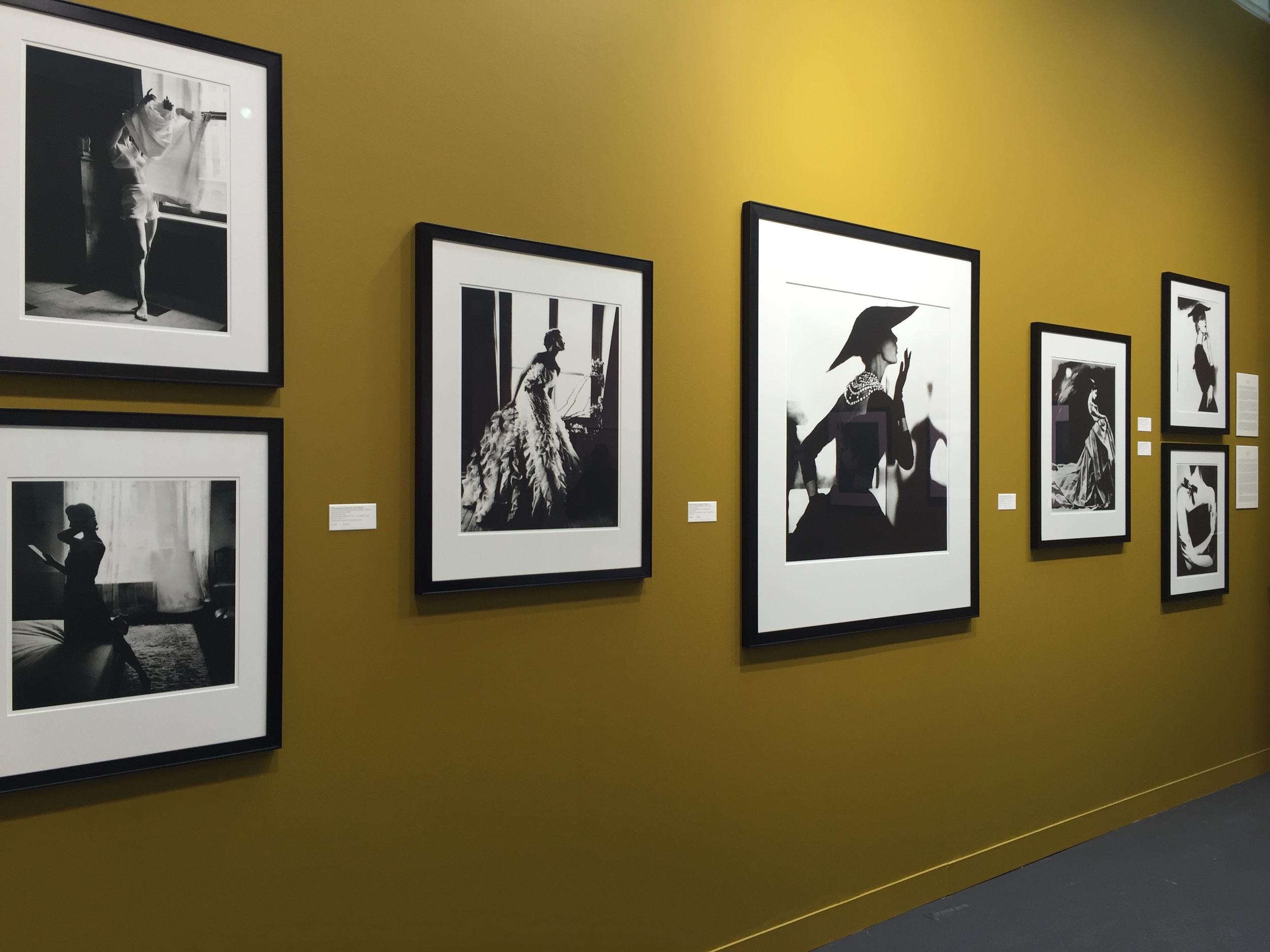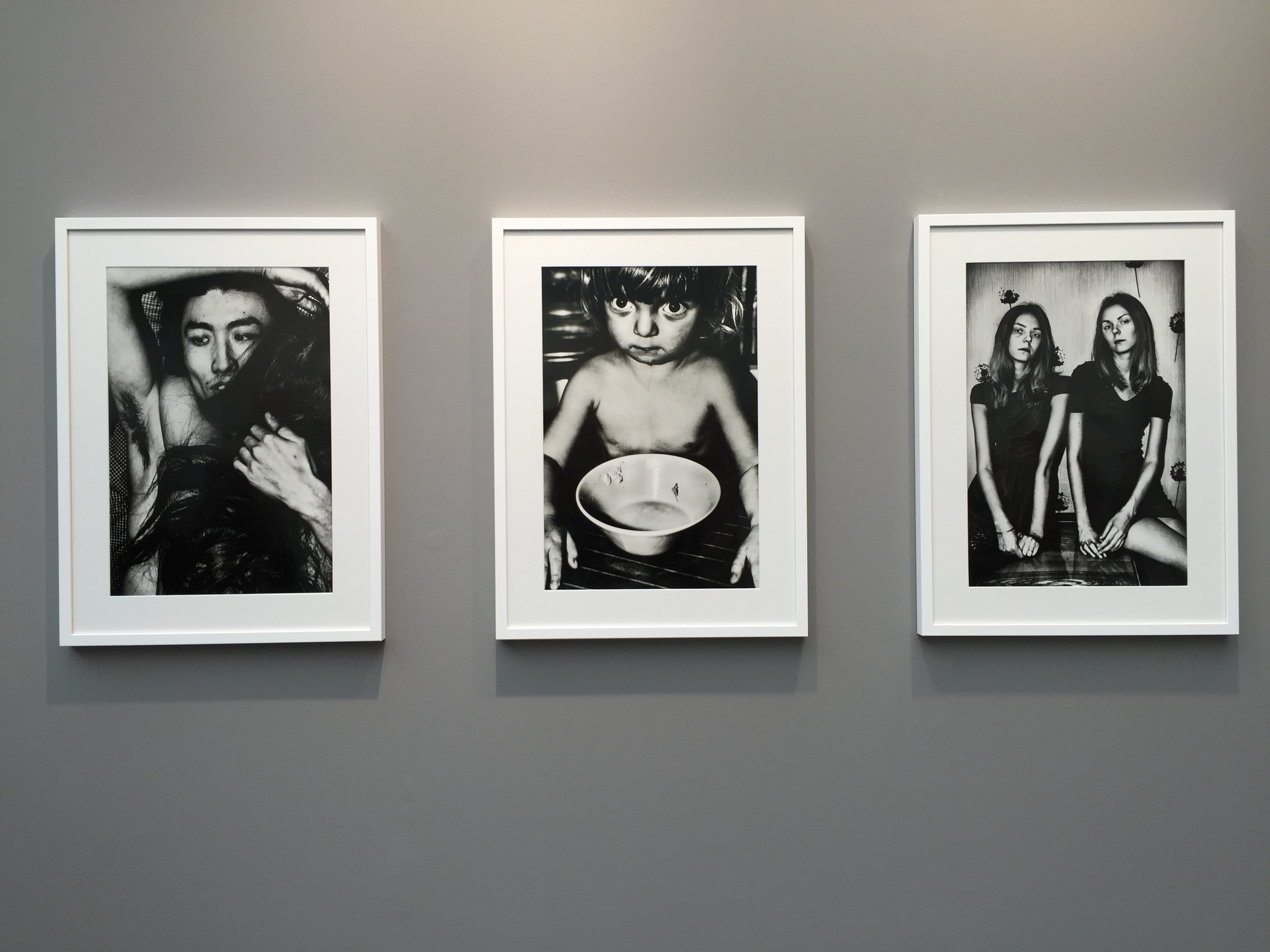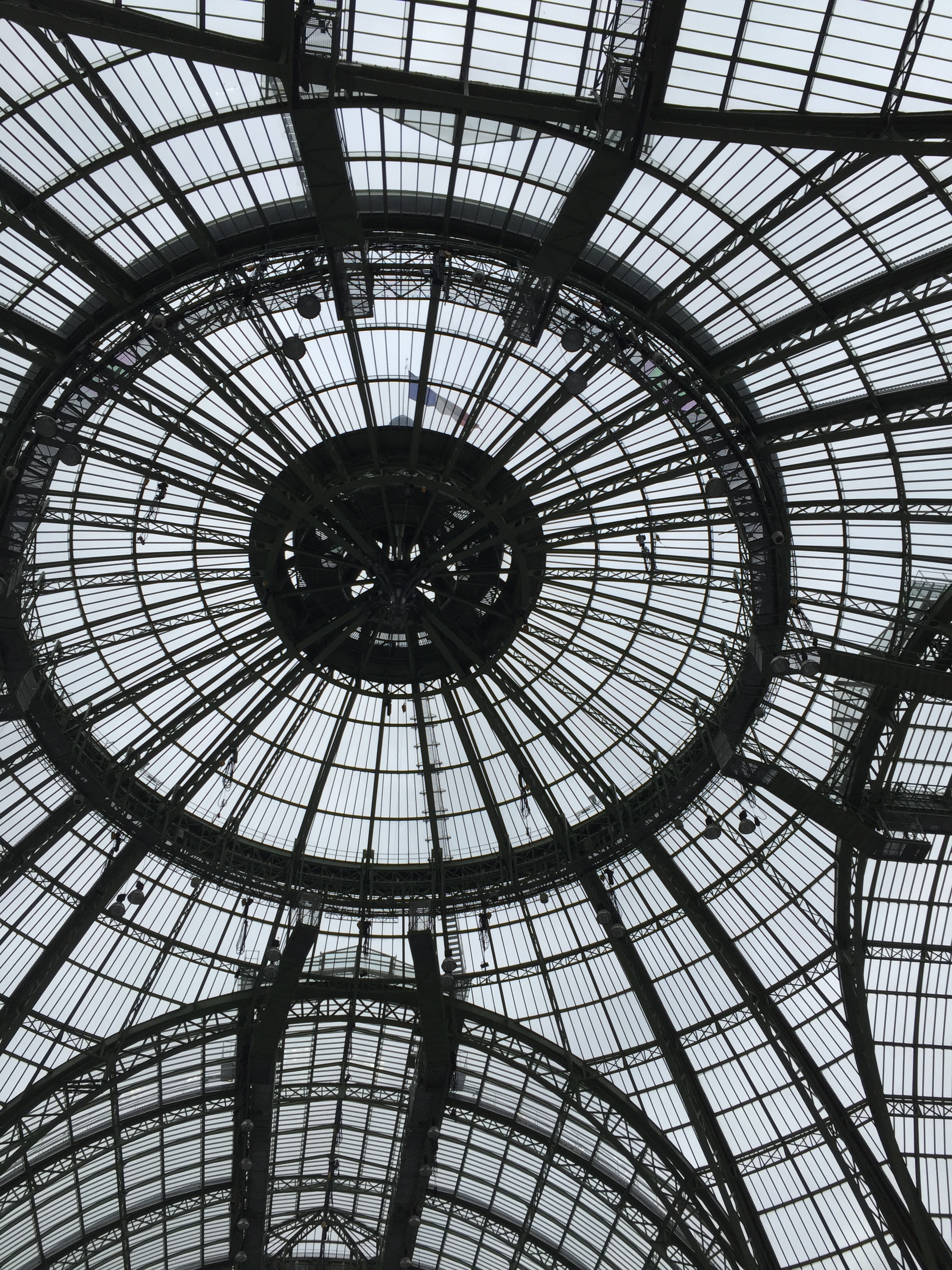Clément Delépine
Director, Art Basel Paris
Photography by Inès Manai for Art Basel. Courtesy of Art Basel.
For those of us who are insatiable art enthusiasts, arranging one’s art fair agenda is an art unto itself. It not only requires a close study of all that is on offer throughout the week and the precise timing of transport in between, but a realistic expectation of energetic reserves and proper meal planning. With that in mind, it’s difficult to imagine how one might ever go about organizing an annual program of this magnitude. Art Basel Paris Director Clément Delépine is a master architect of the art fair if there ever were one. Having cut his teeth as co-director of Paris Internationale starting in 2016, he has spent the past decade refining this rarefied practice that is a perplexing combination of curation, commerce, civic diplomacy, and social design. Aside from the 206 exhibitors at the Grand Palais, this year’s fair includes 67 events comprising performances, talks, satellite exhibitions, and guided tours in collaboration with 9 official institutional partners within the City of Light. As the drone of chatter about the declining global economy beats like a rolling snare drum, attracting a broad and diverse audience while striking the right balance of education, entertainment, and alimentation seems an impossible feat. And yet, Art Basel Paris is once again one of the most anticipated events of the art world calendar. Read more.






